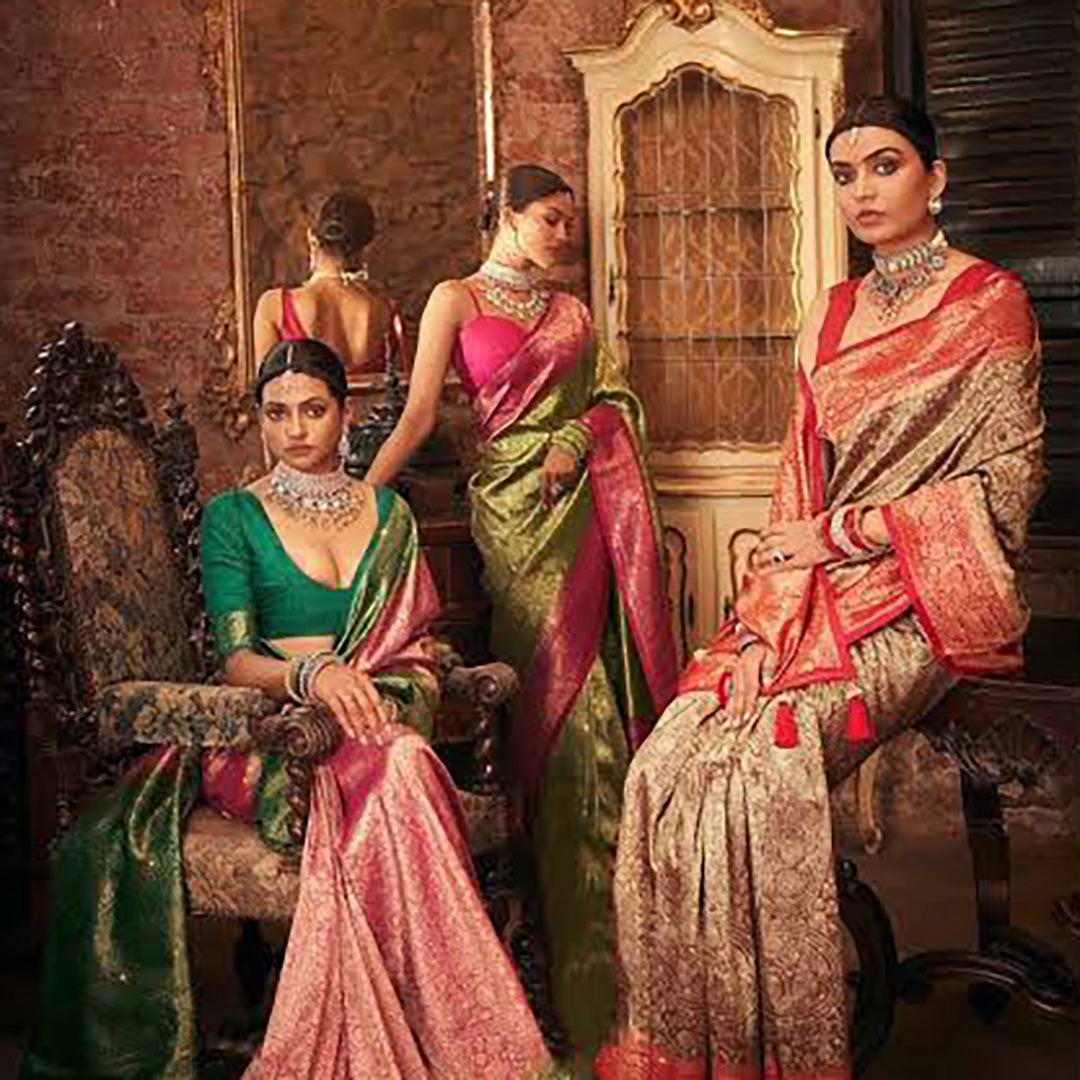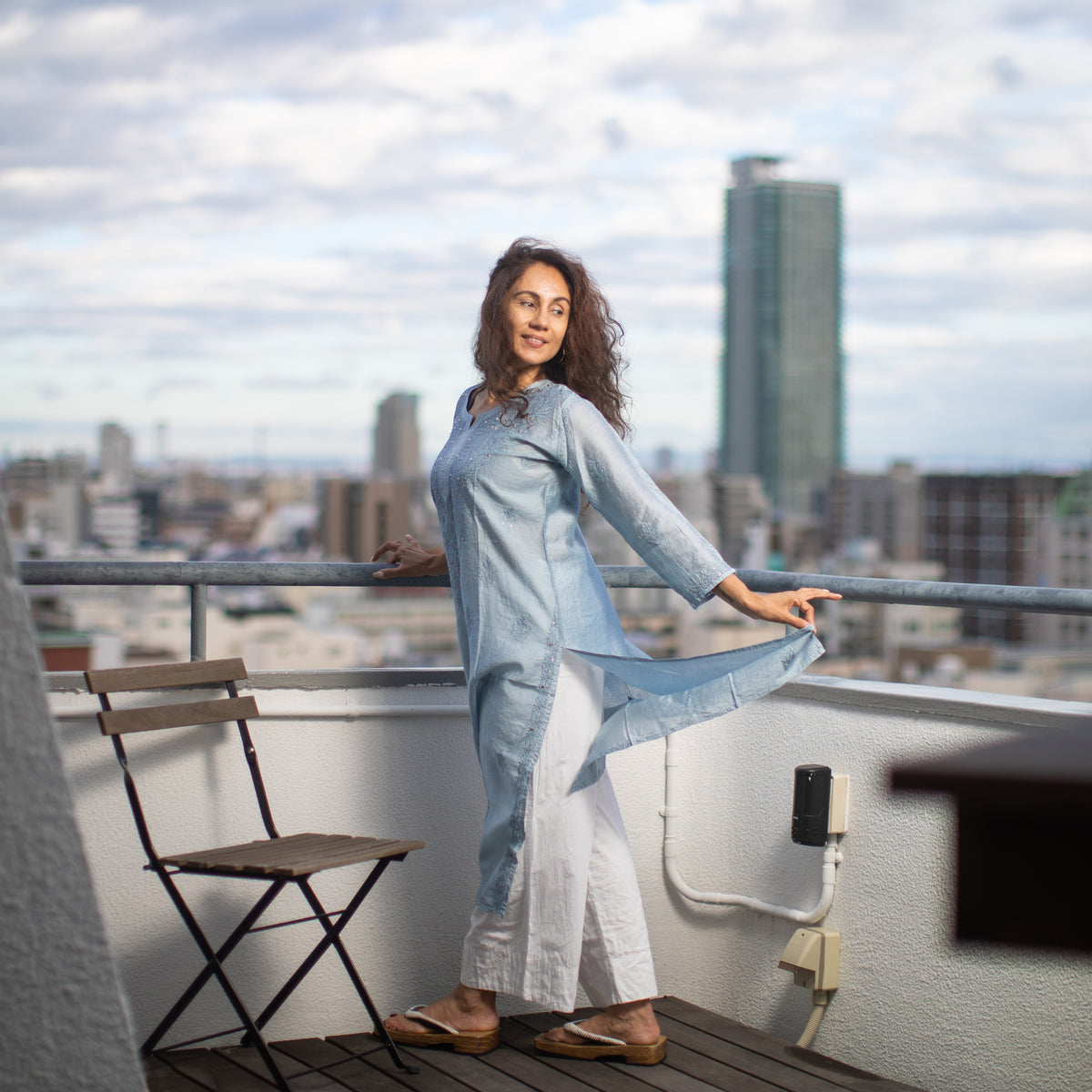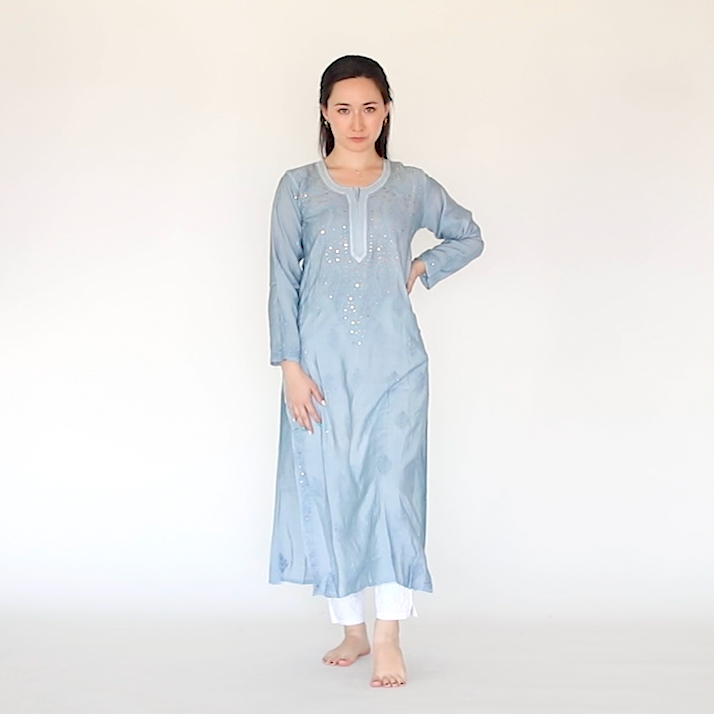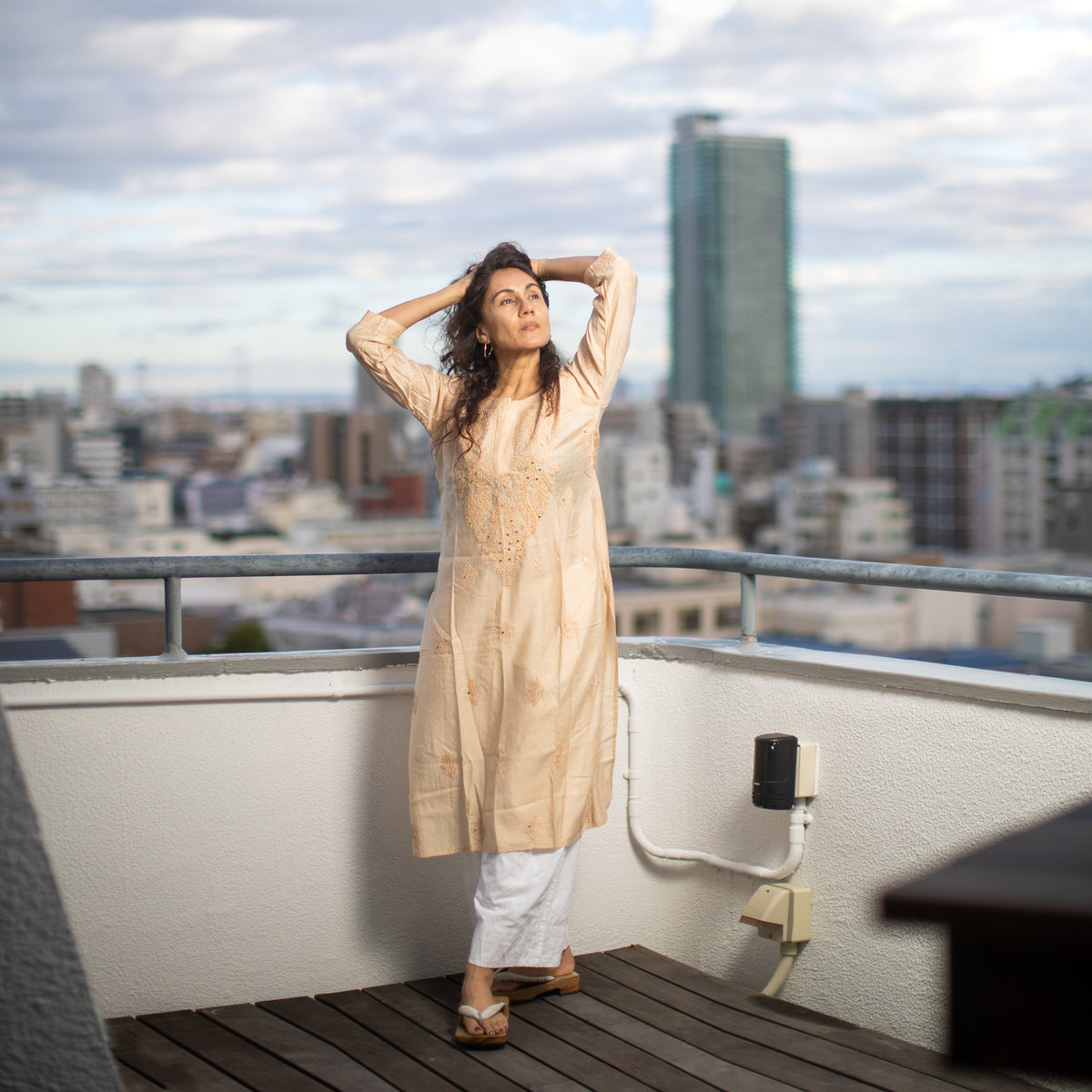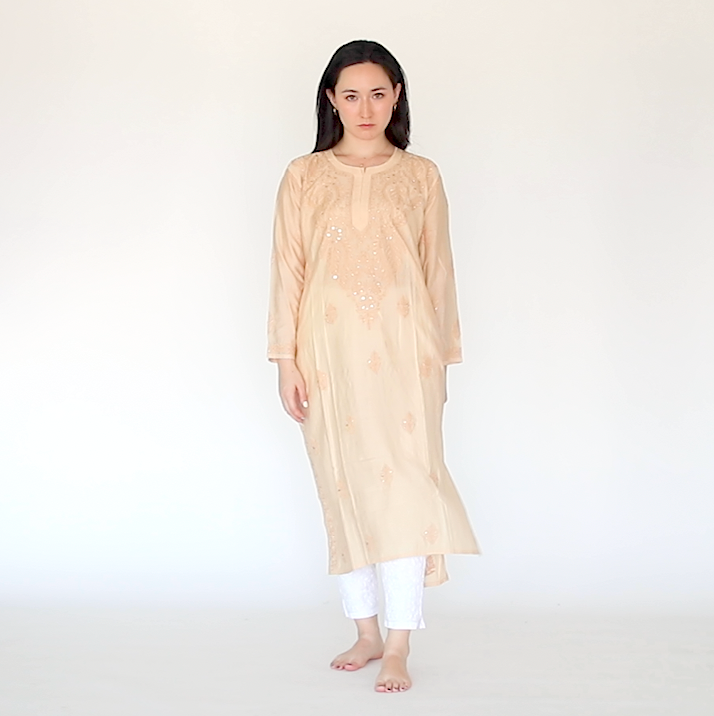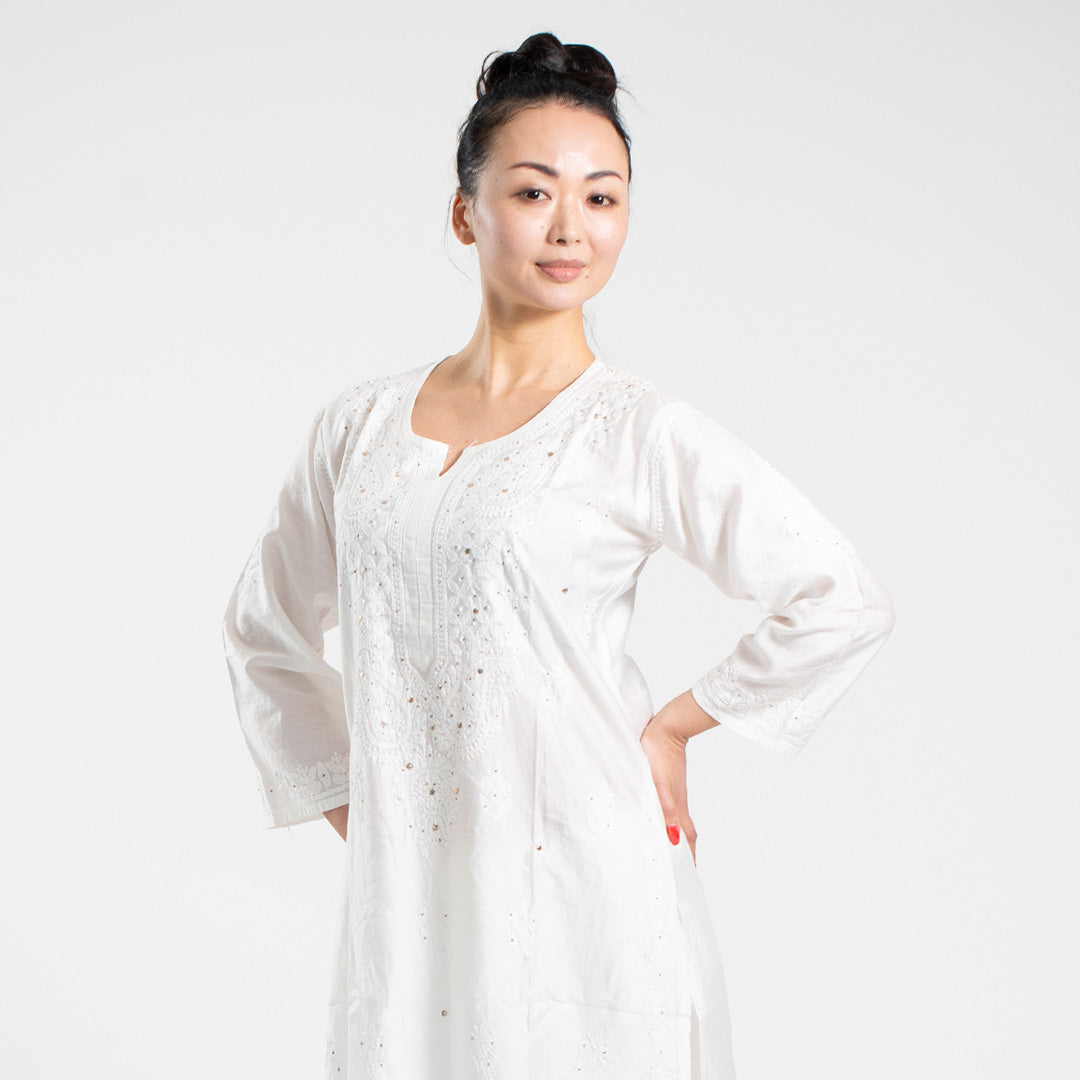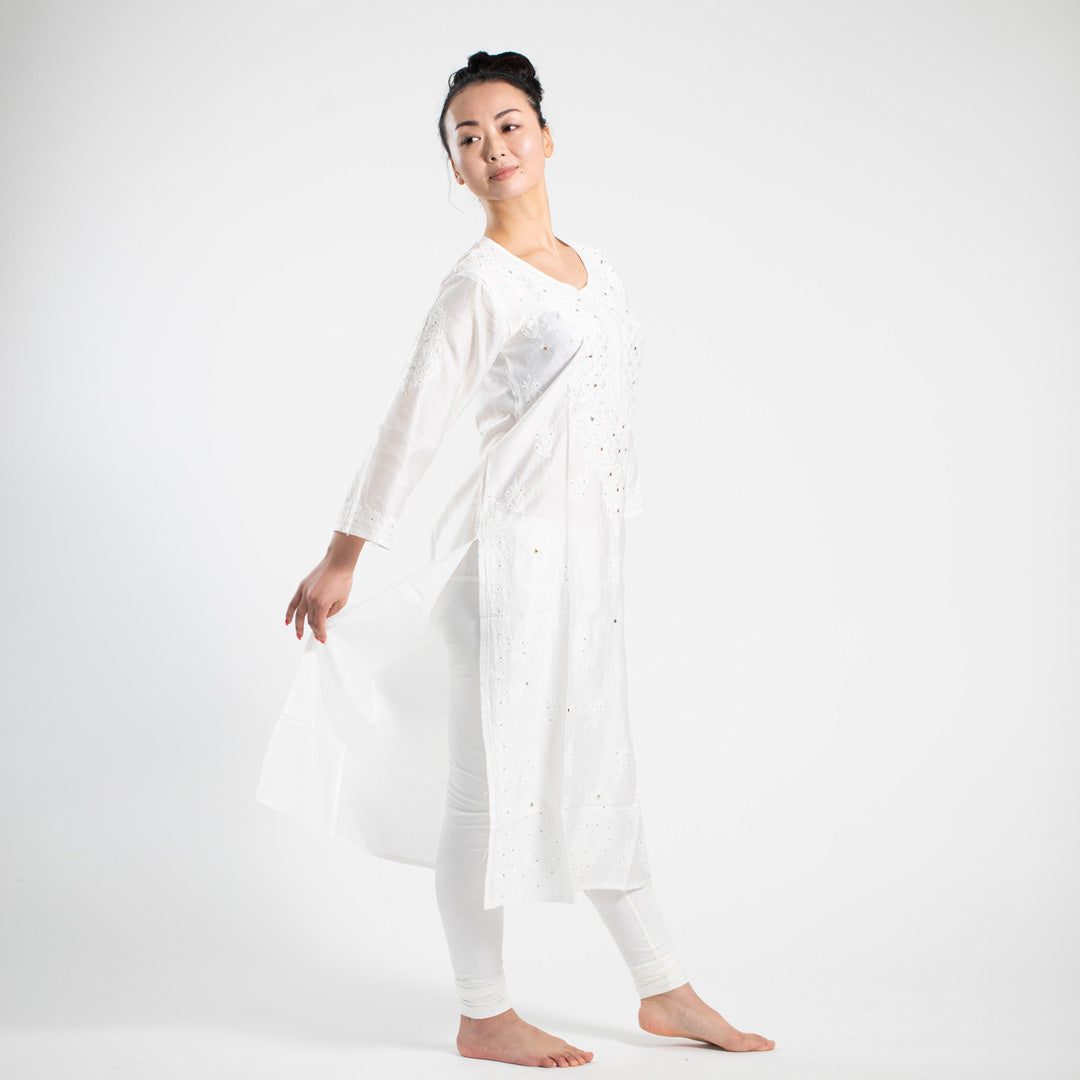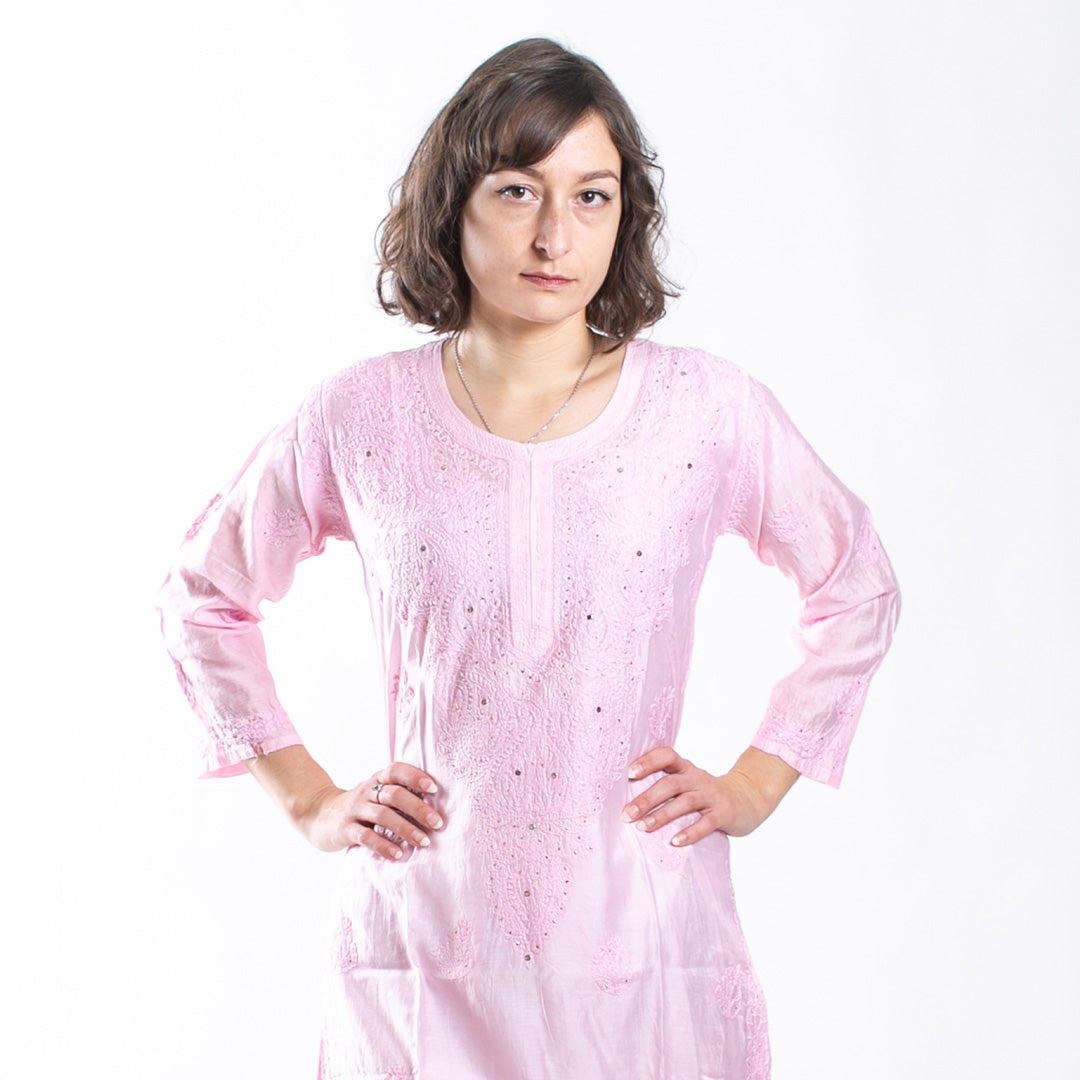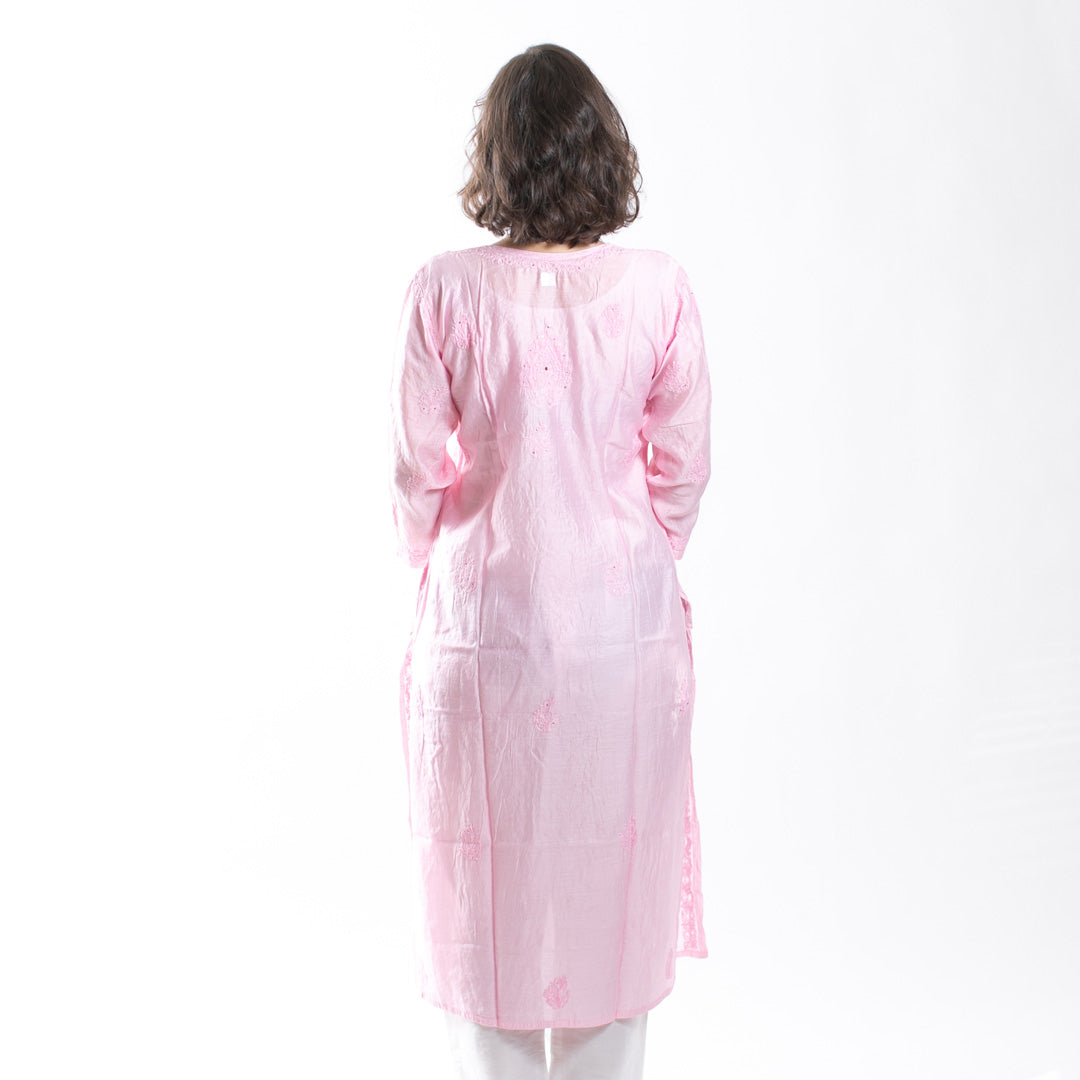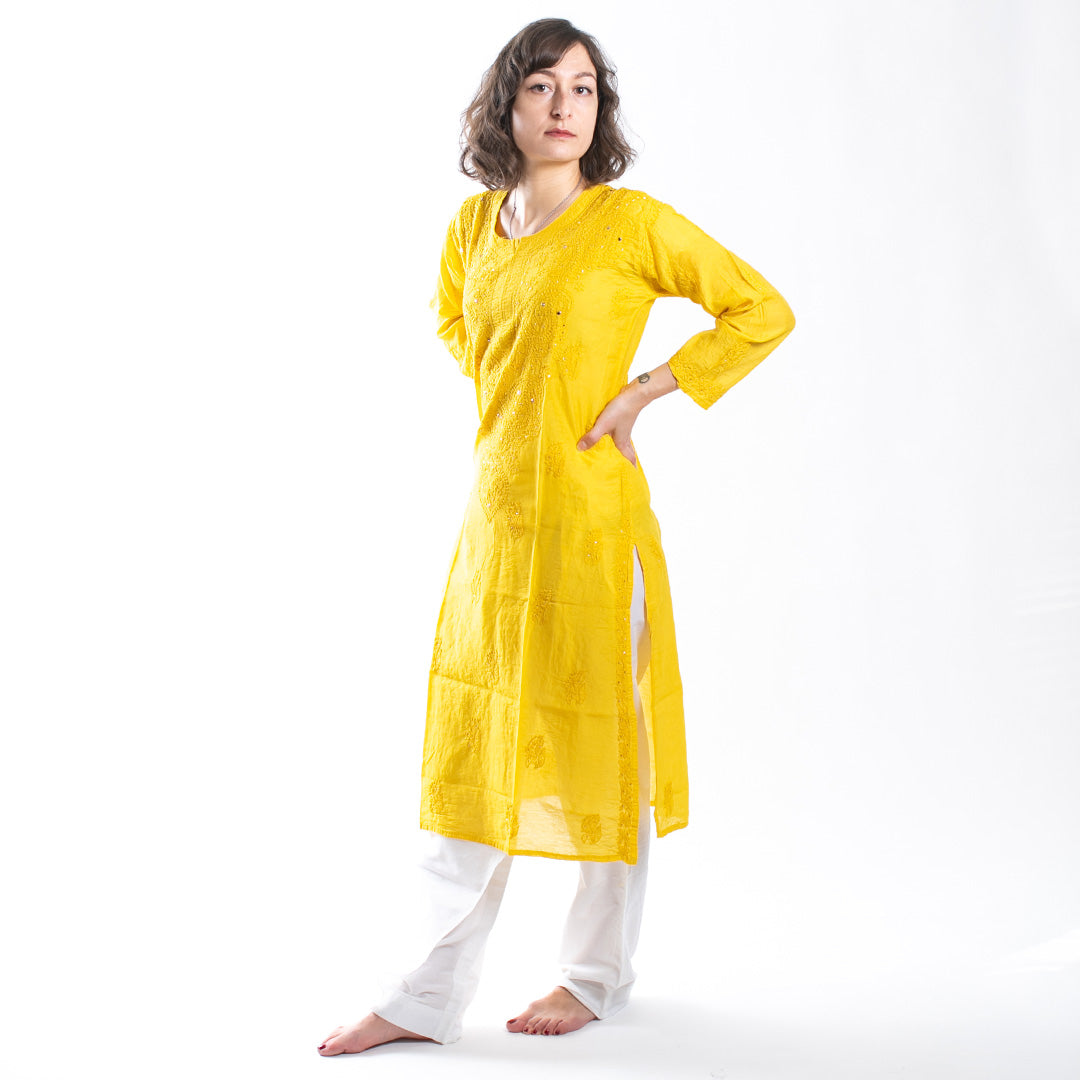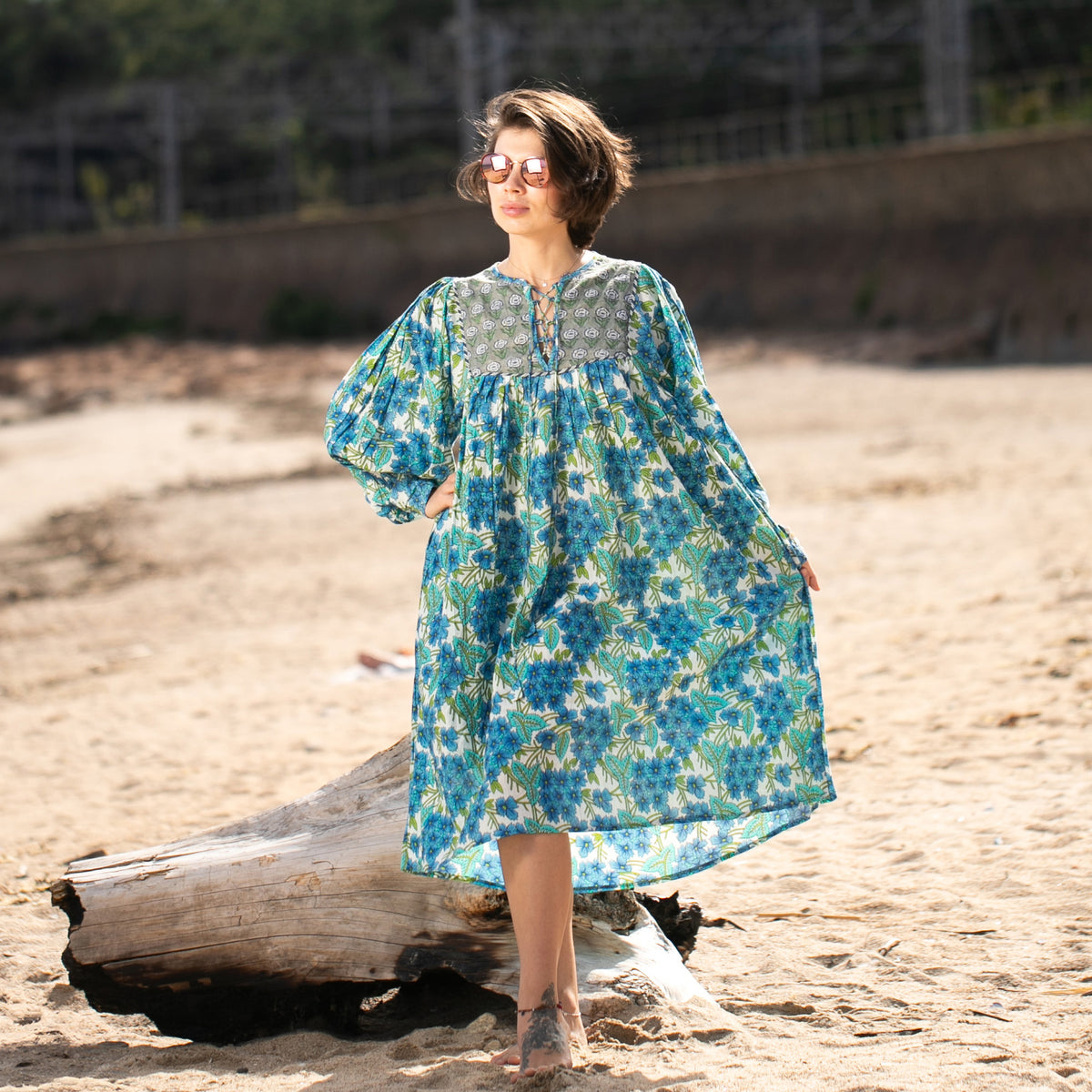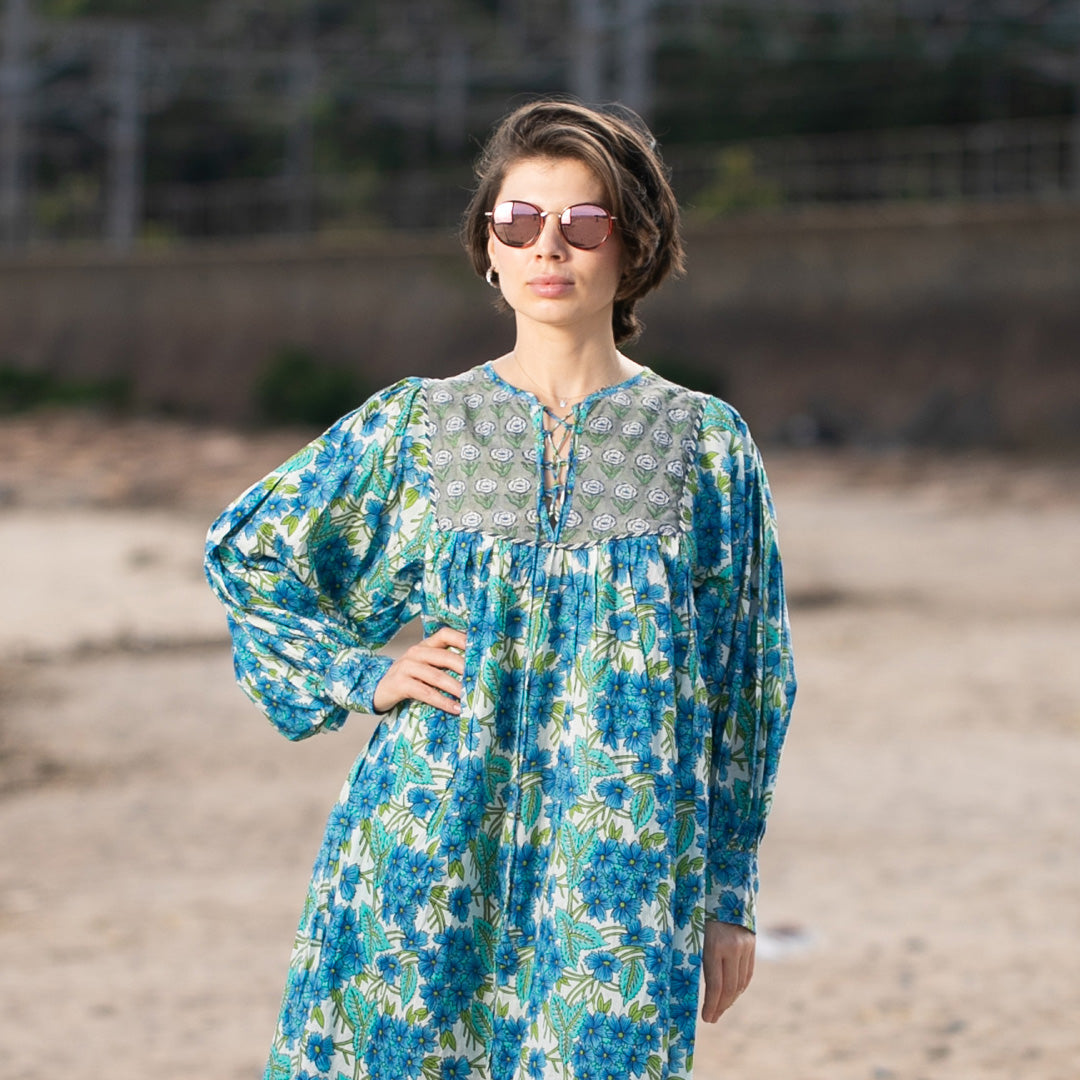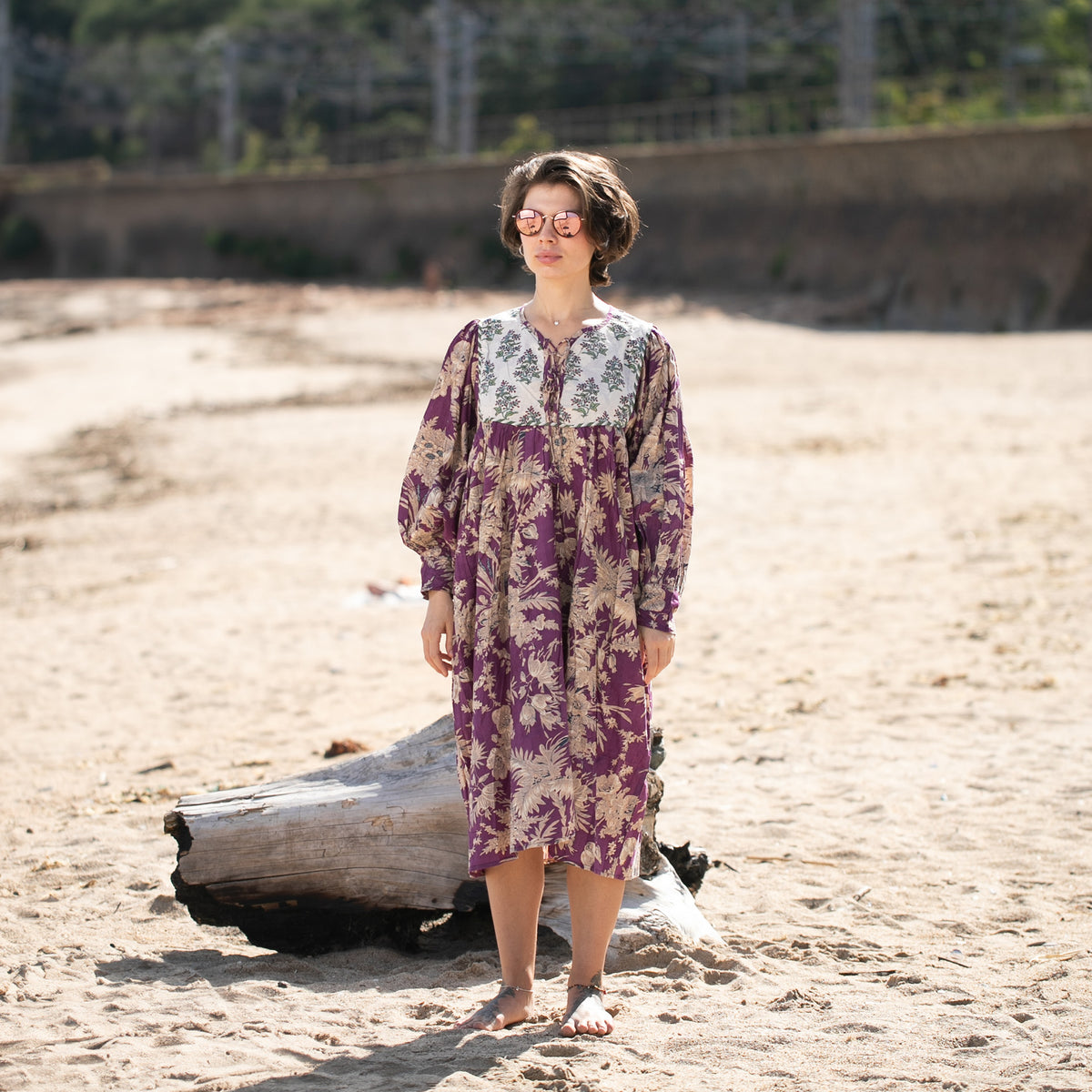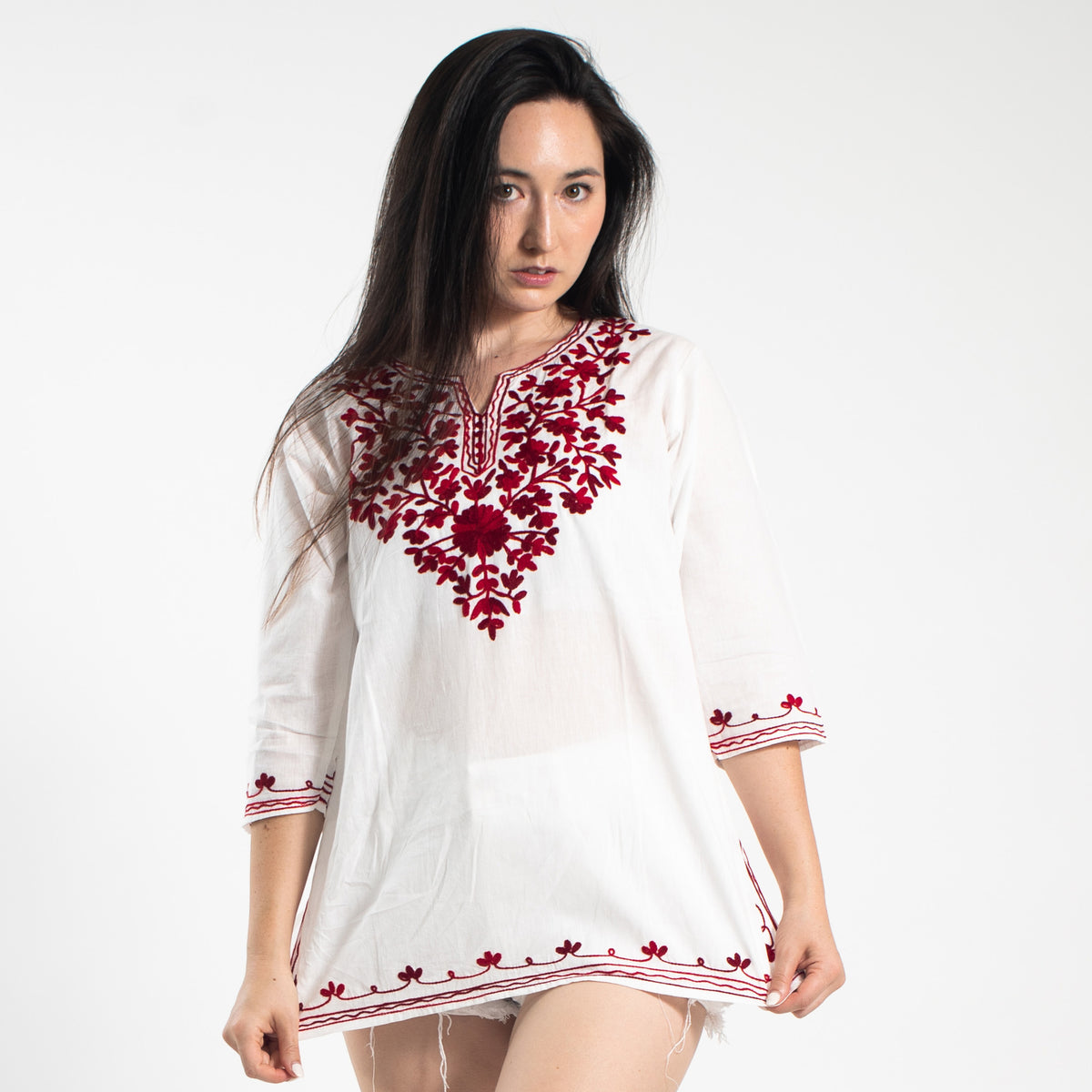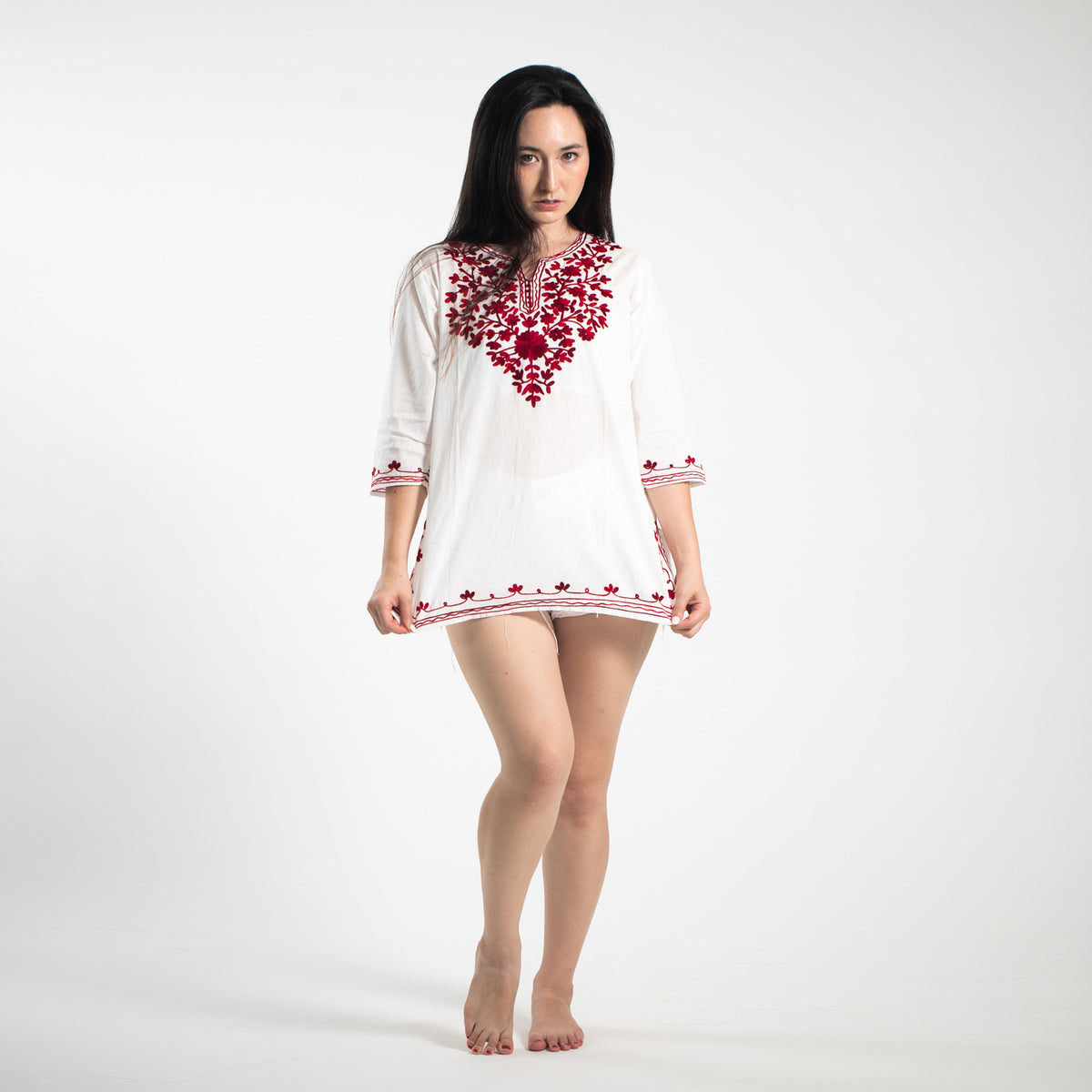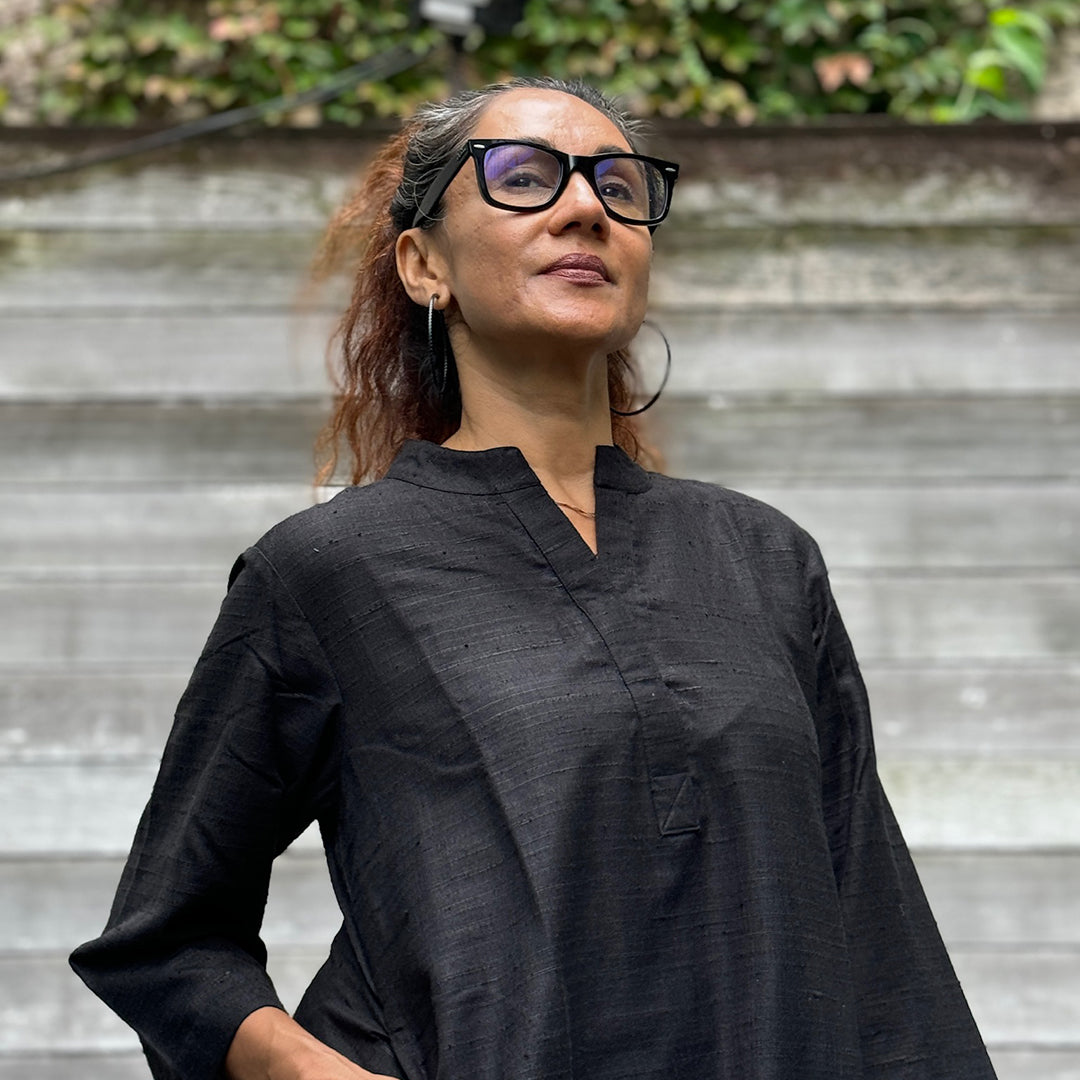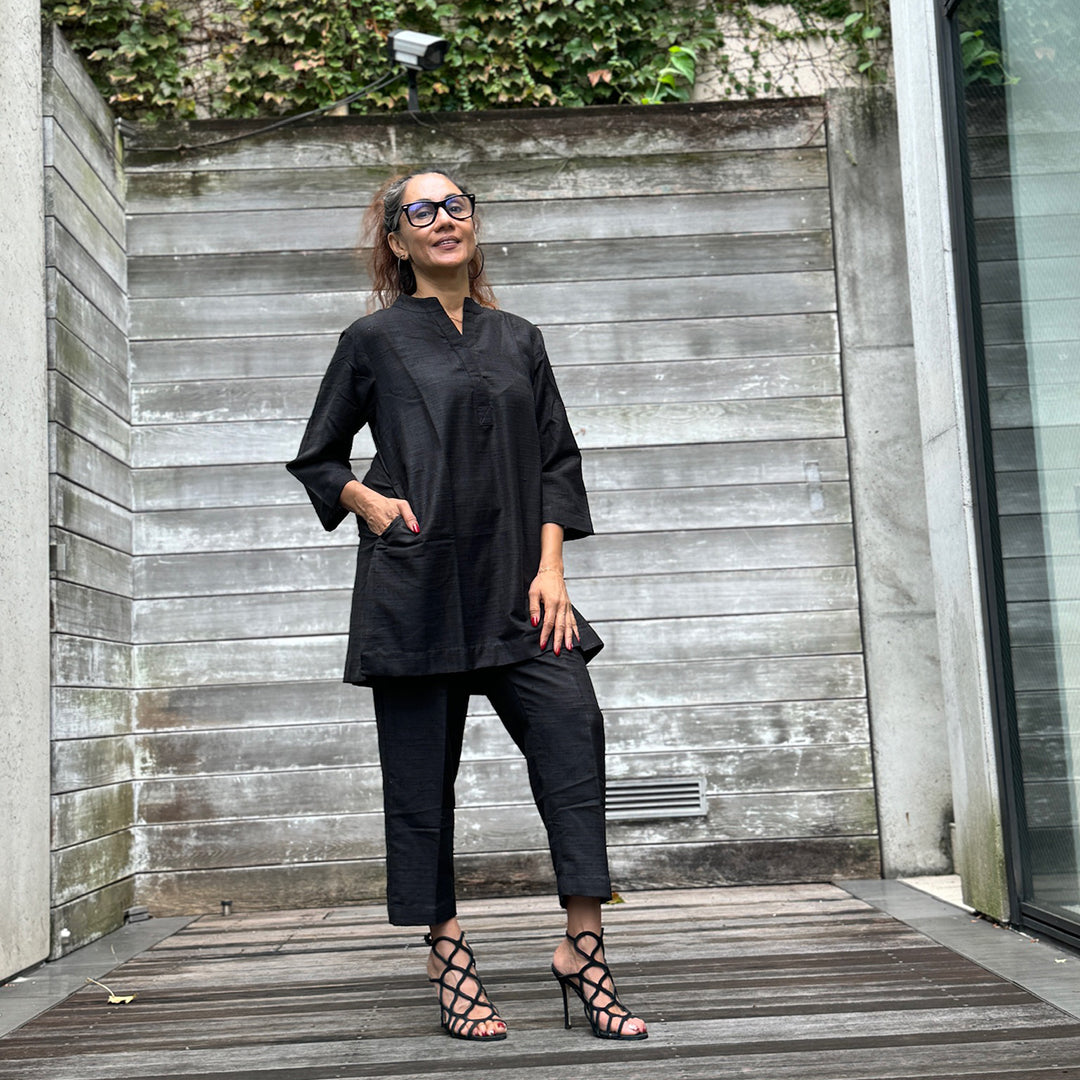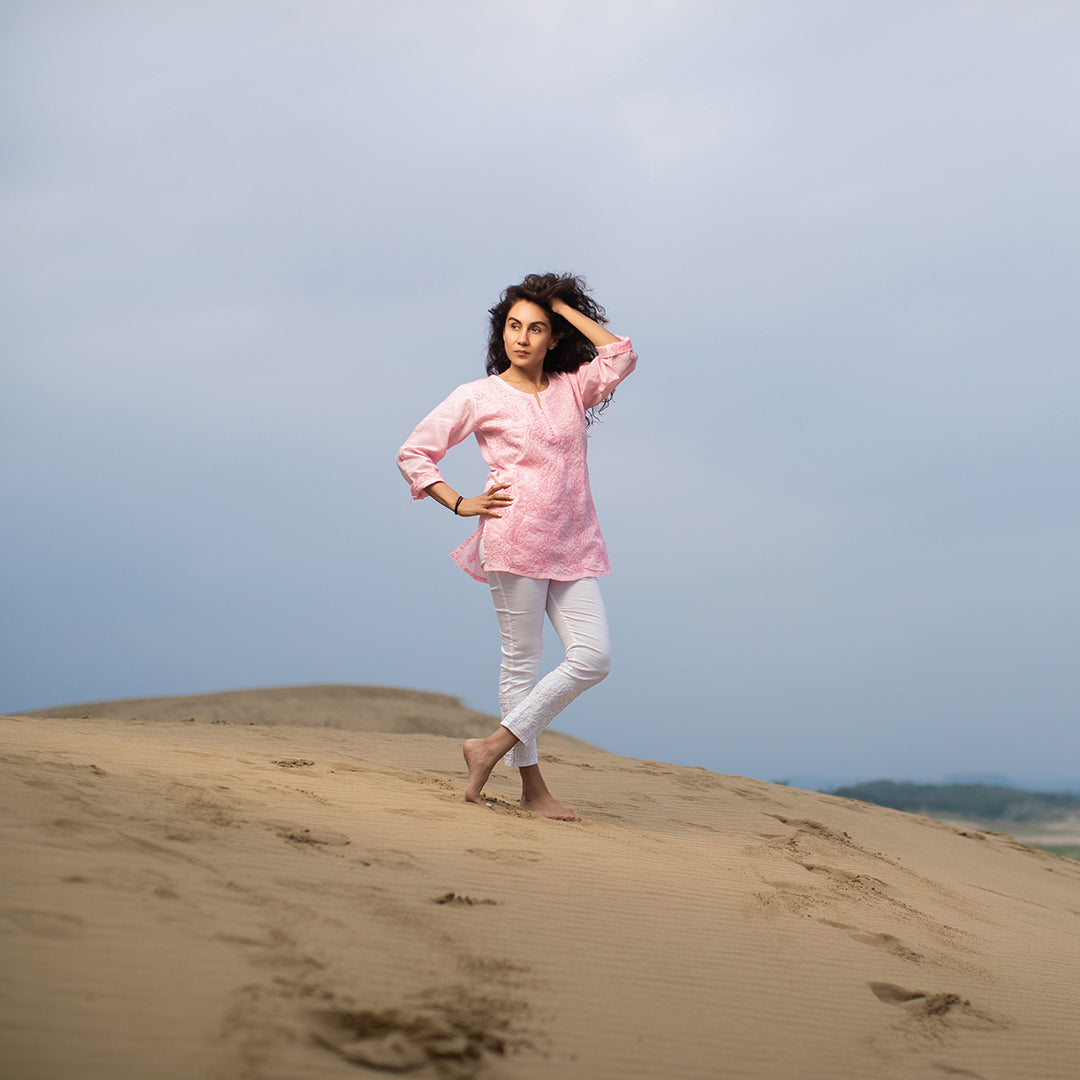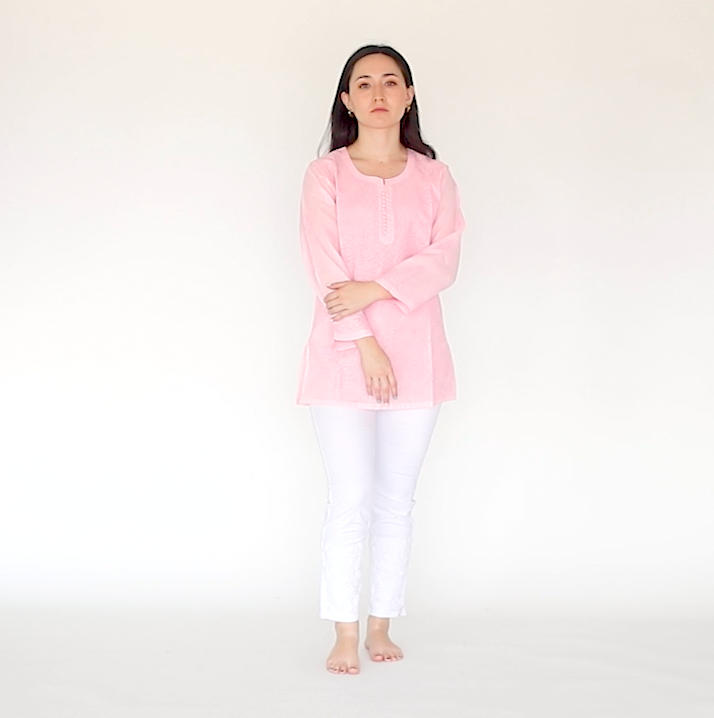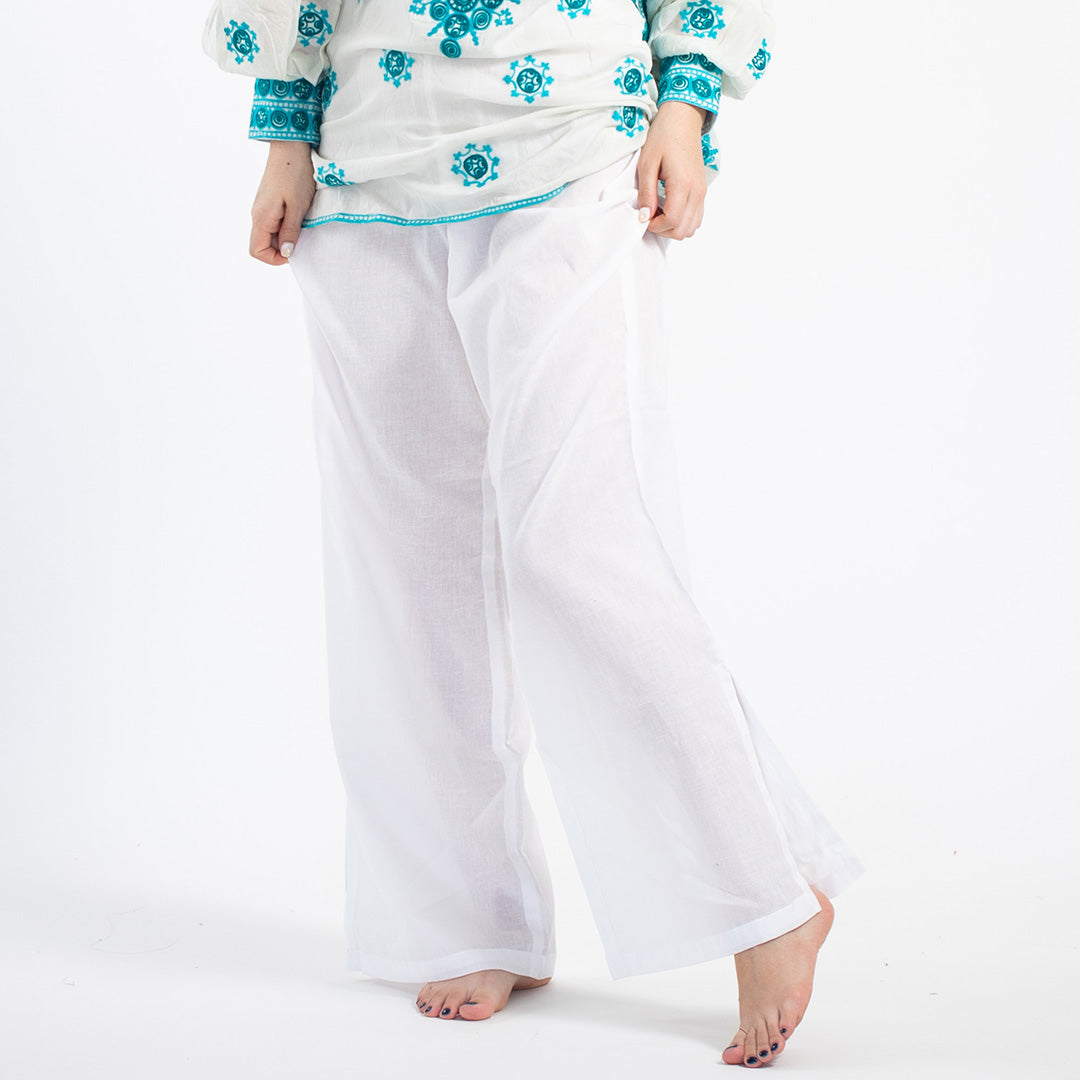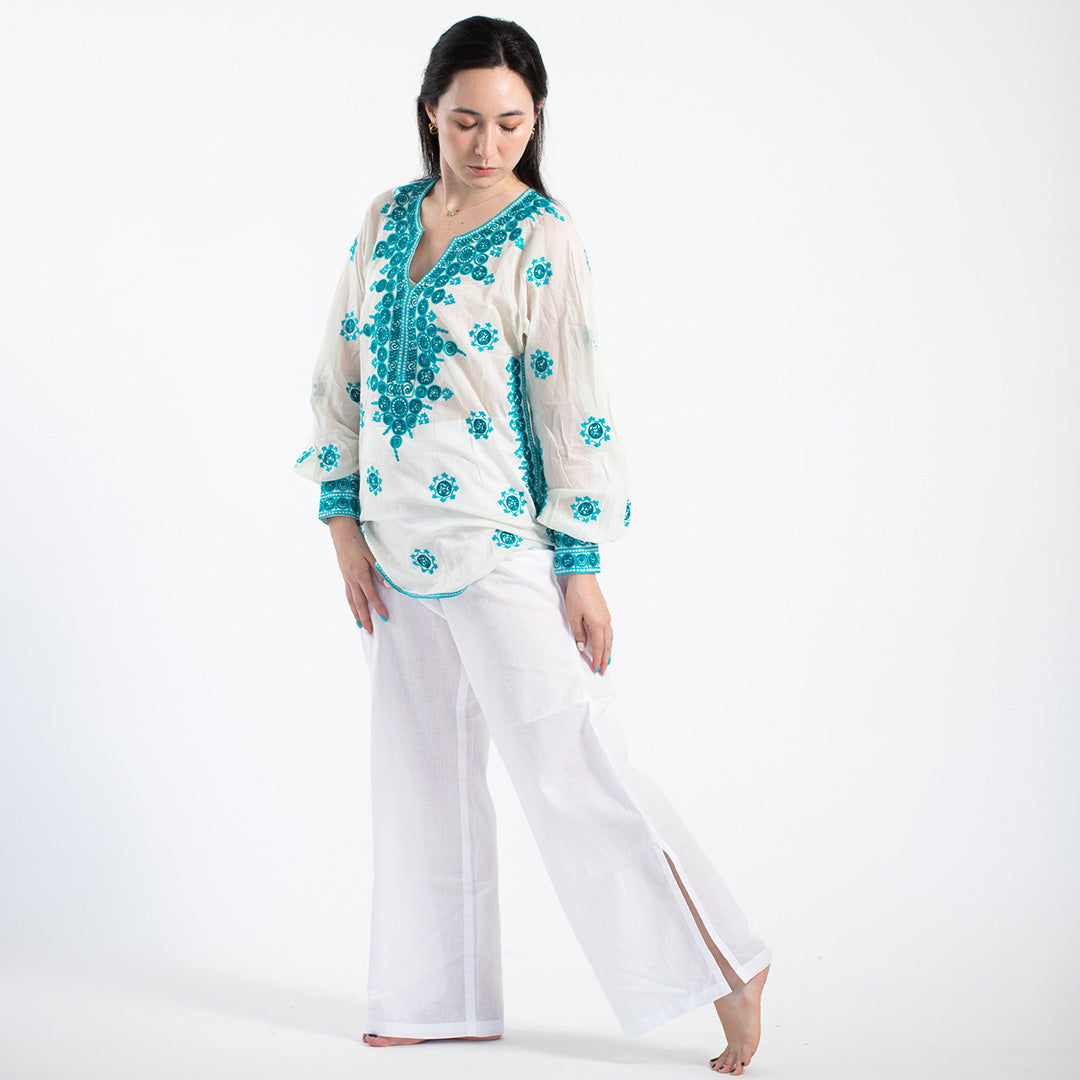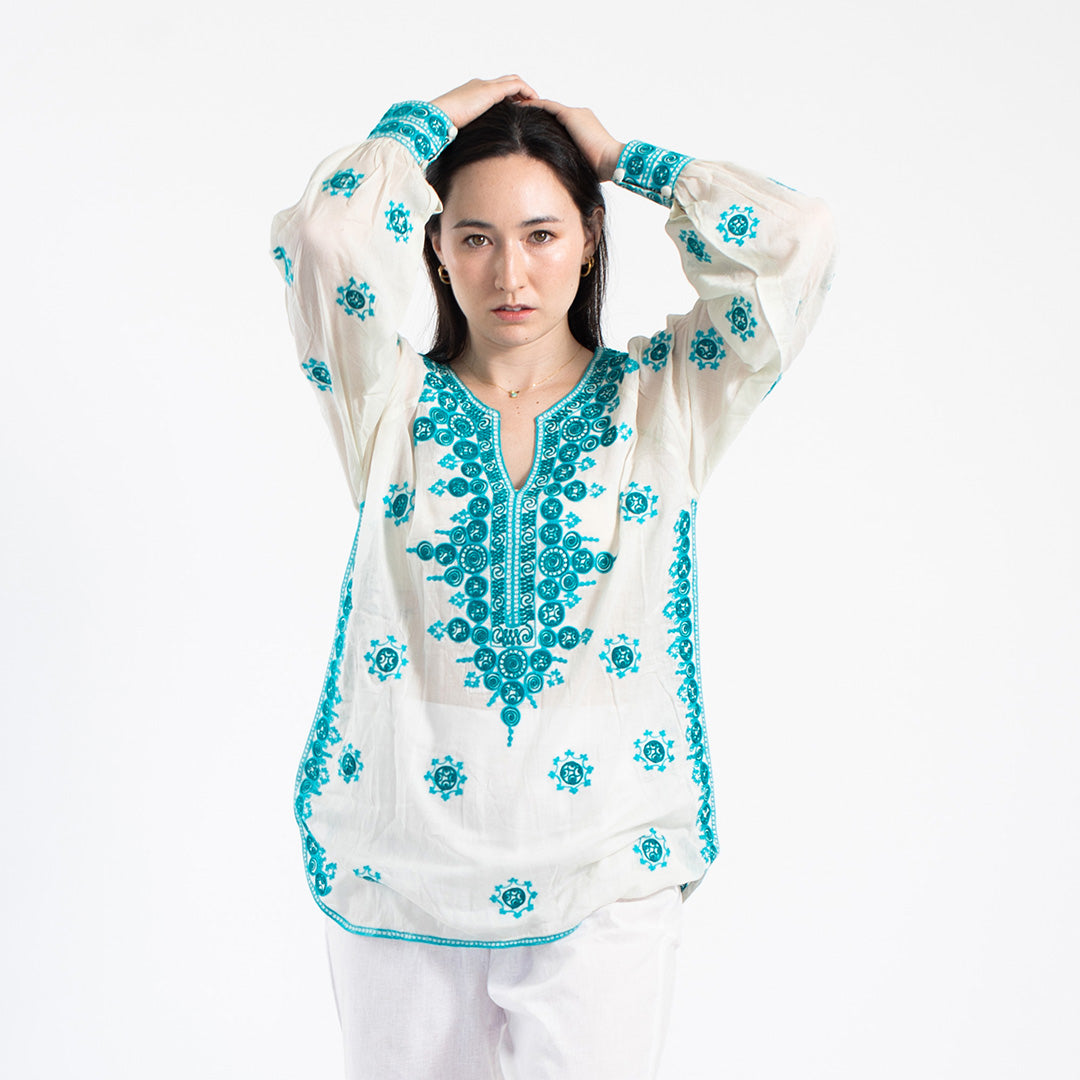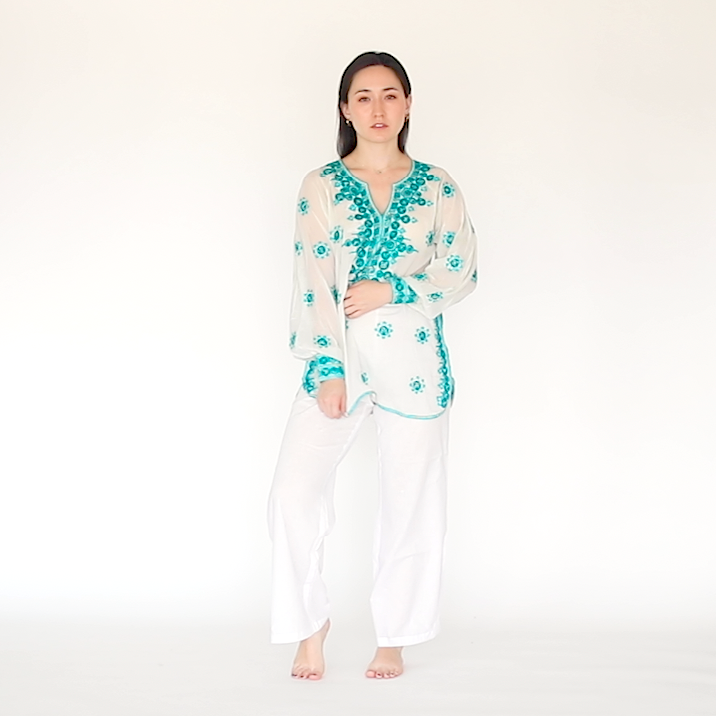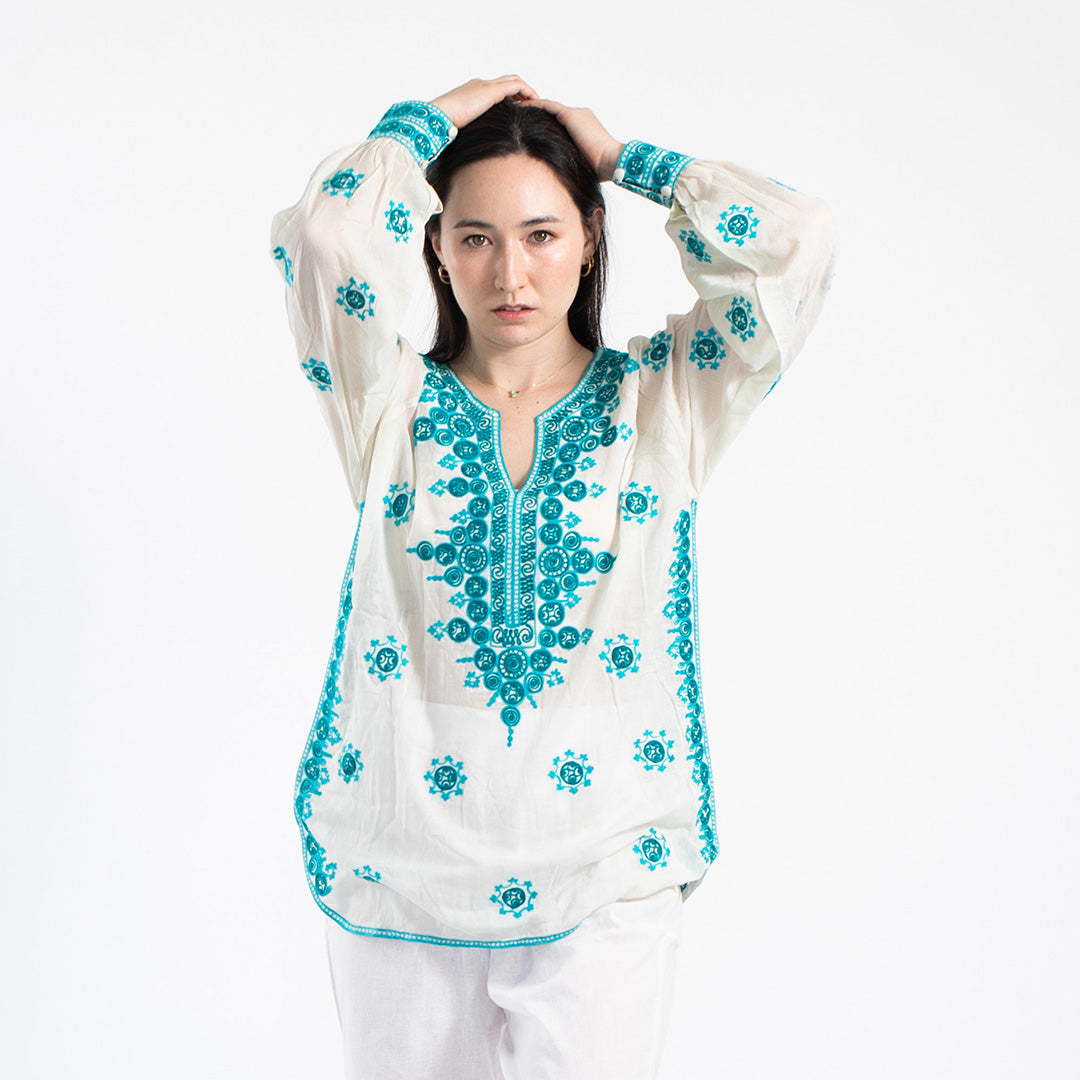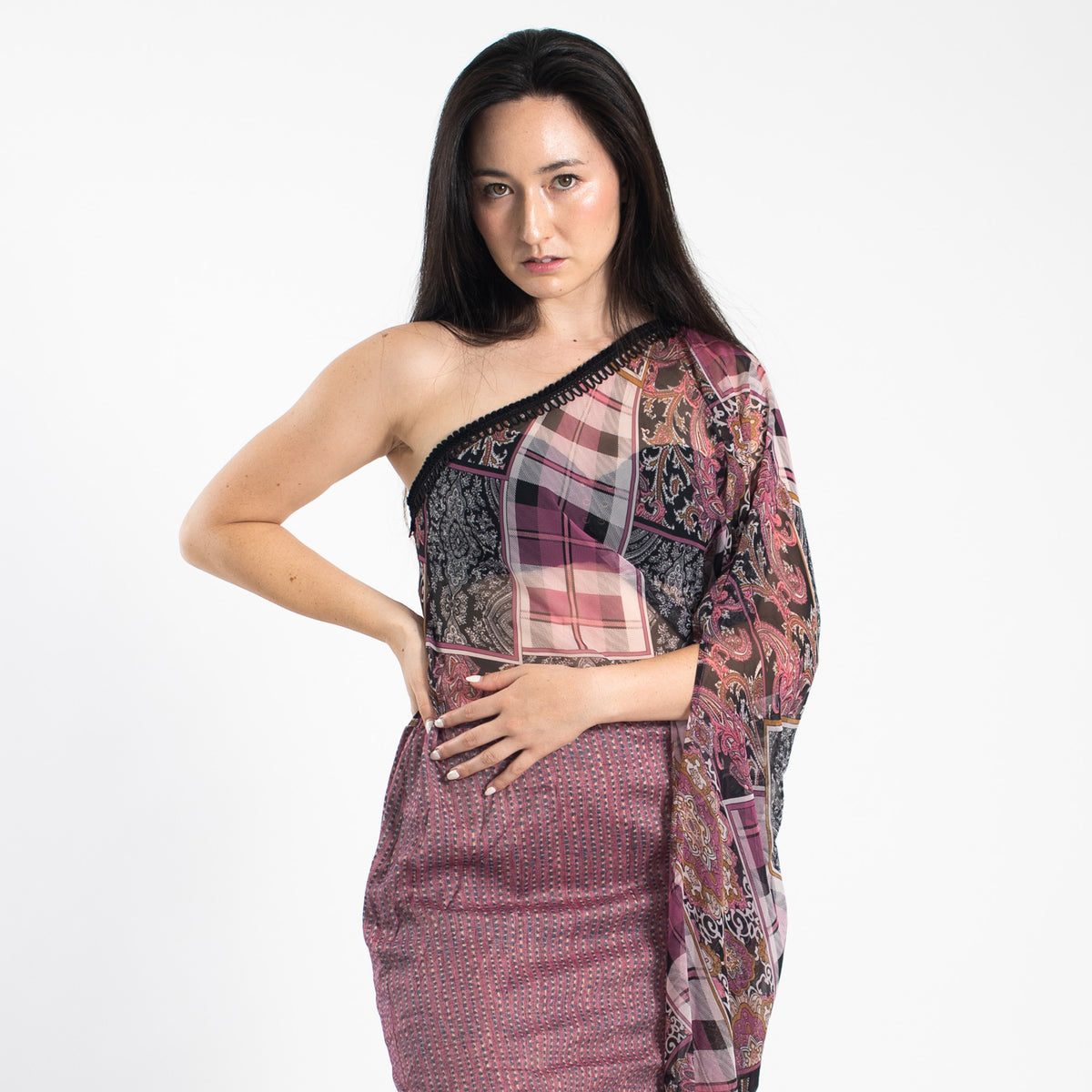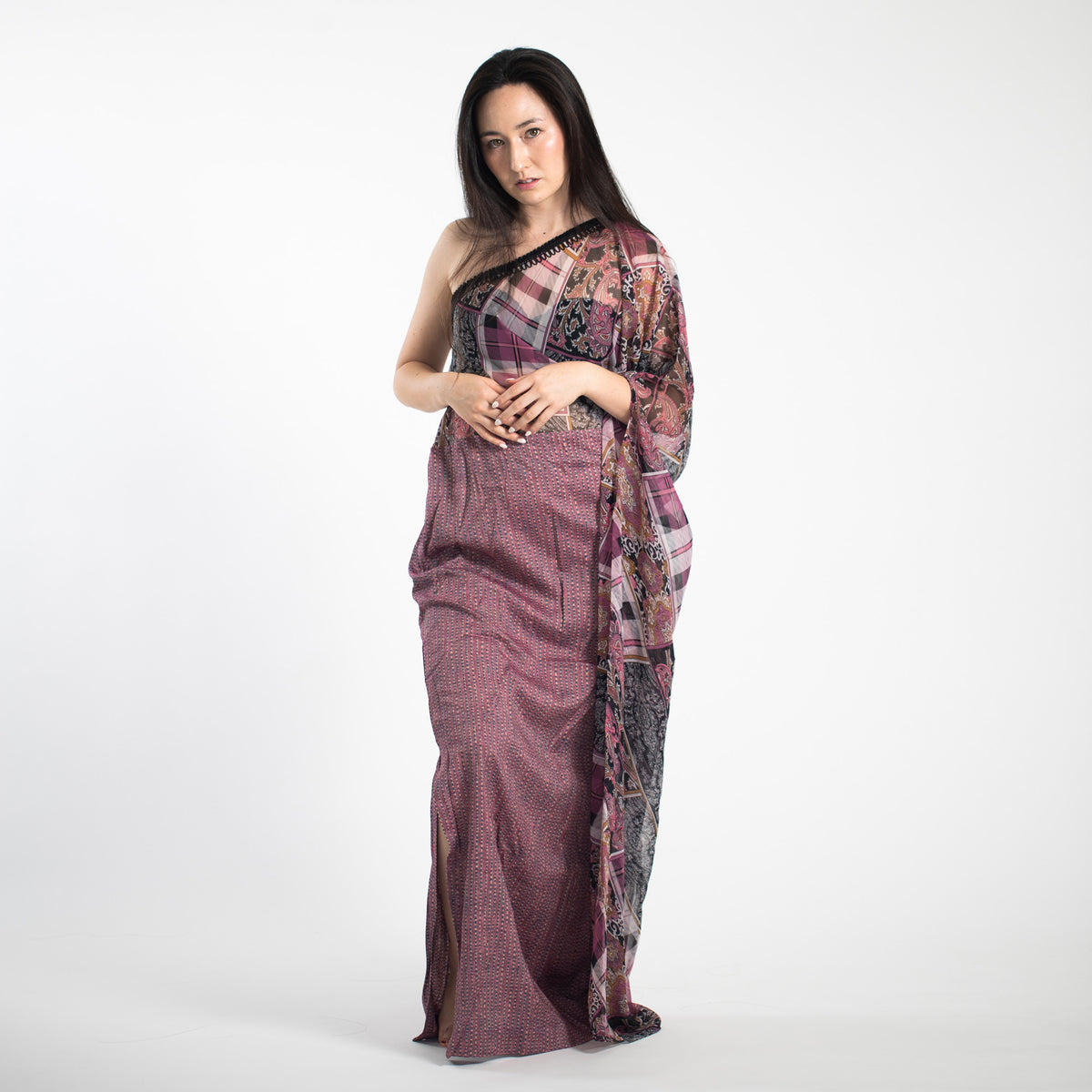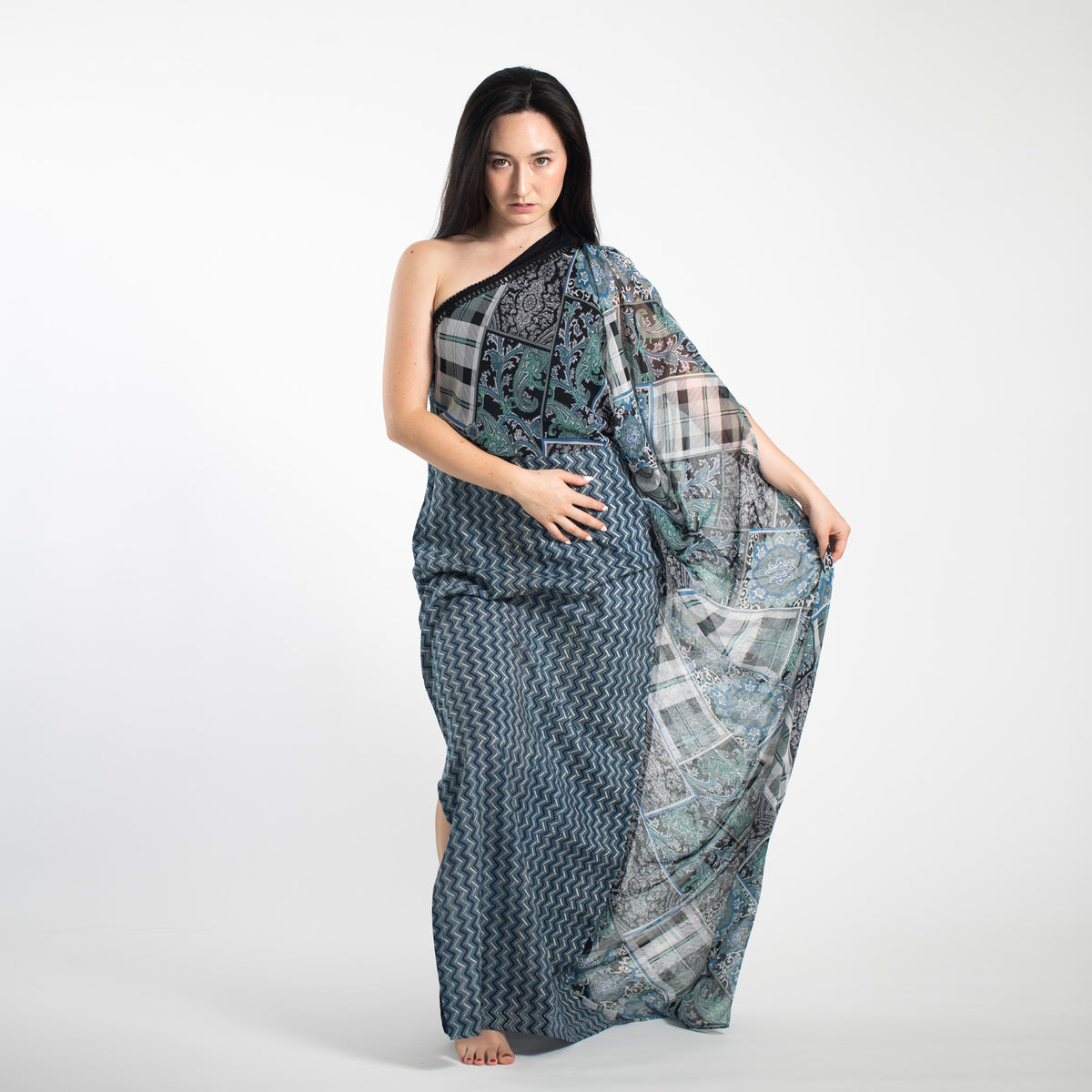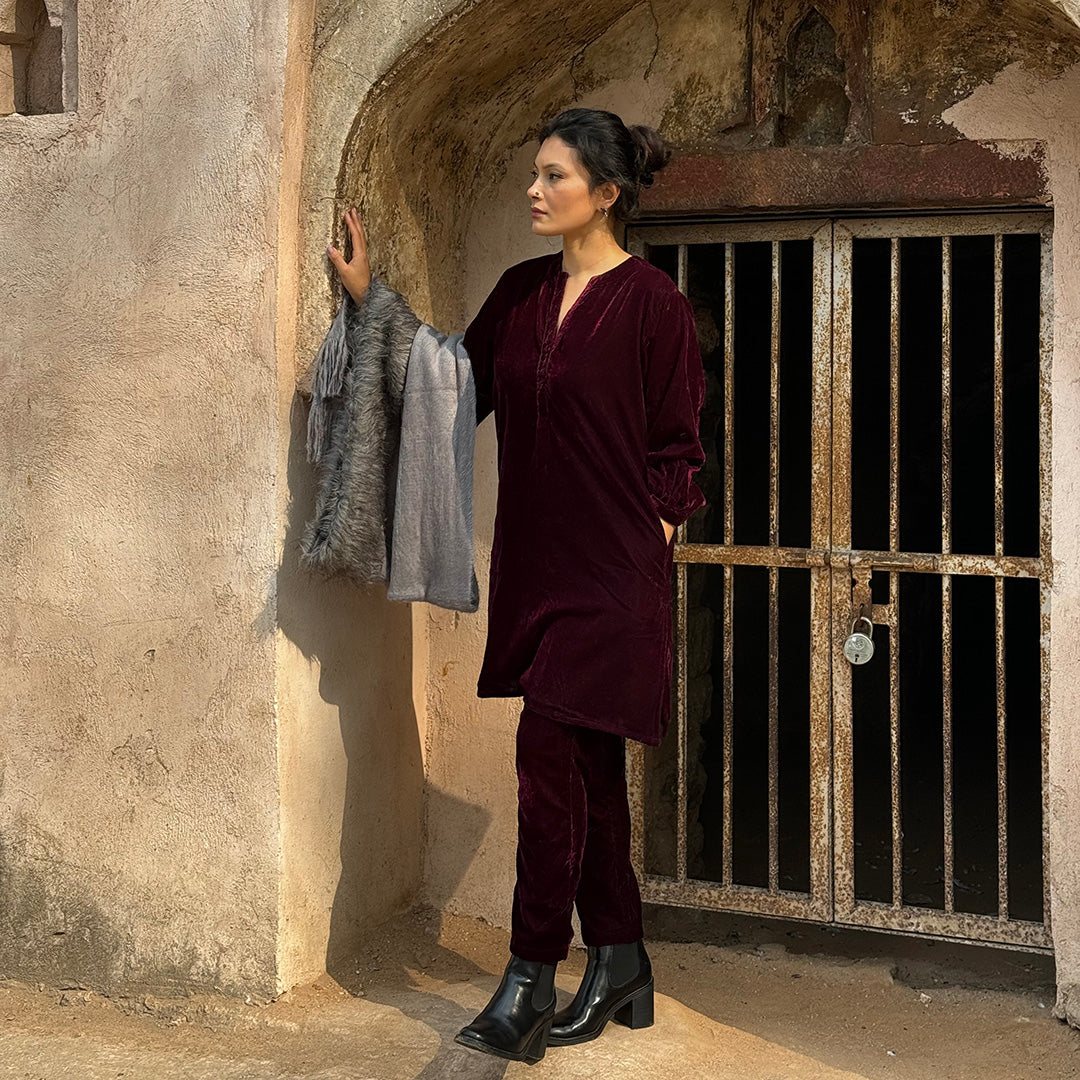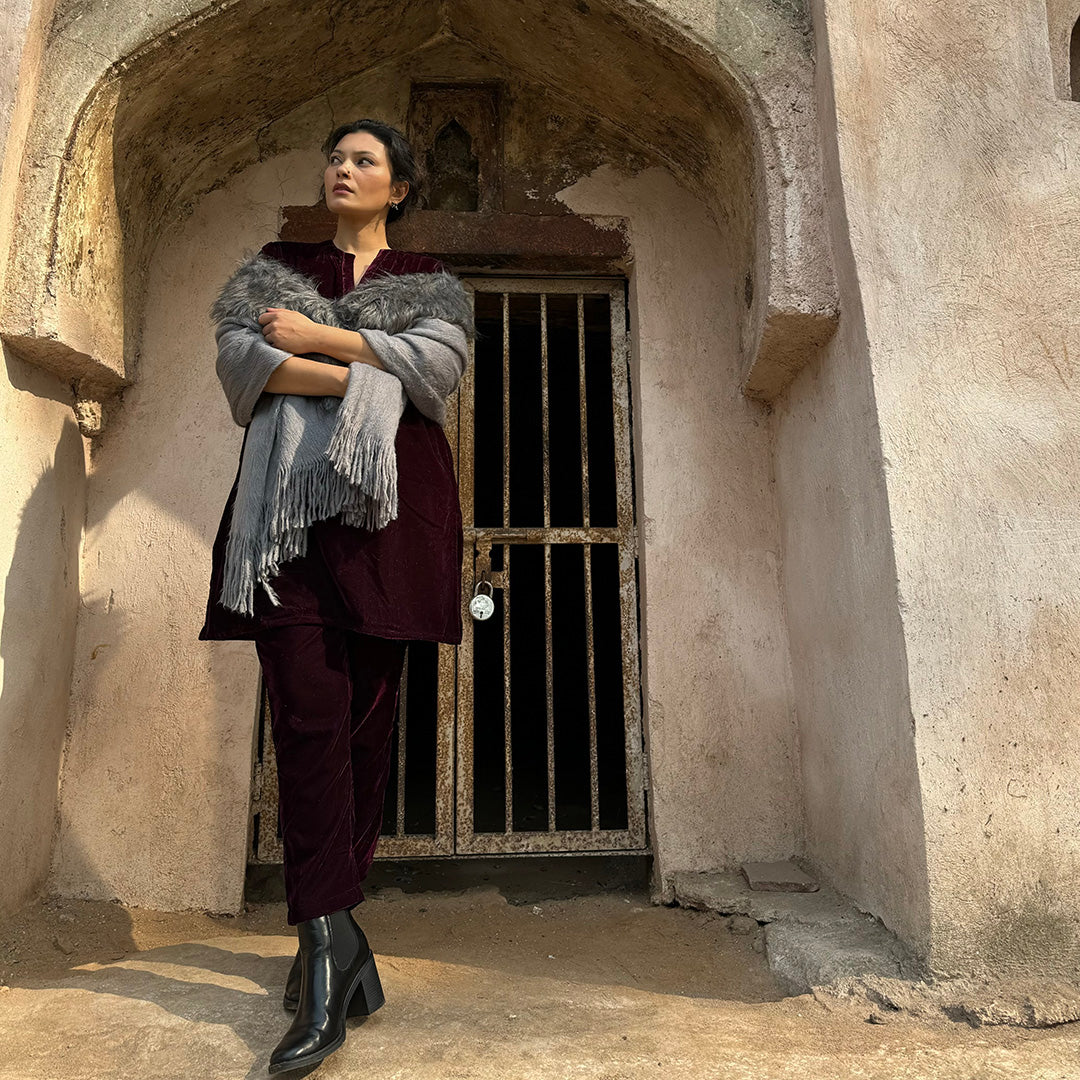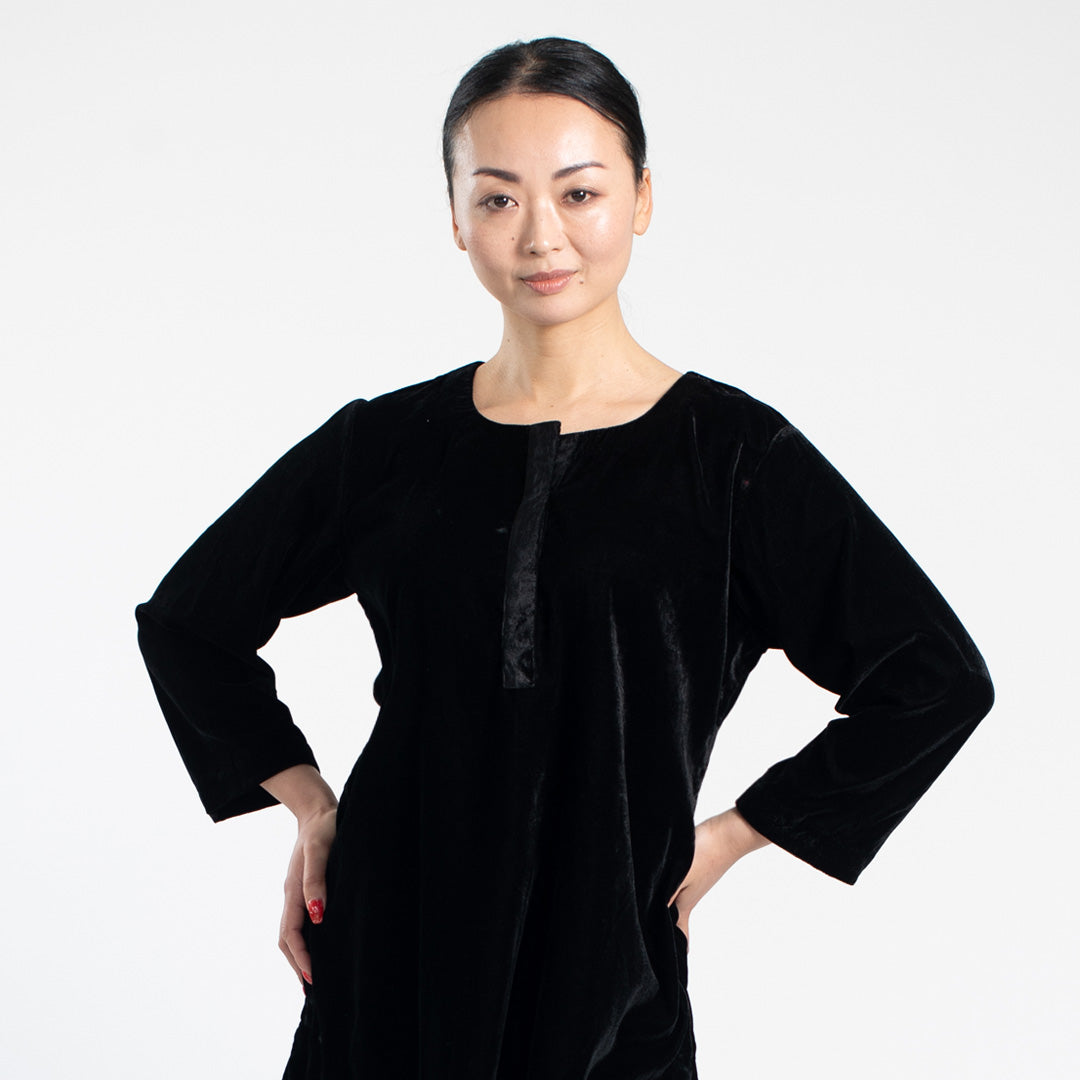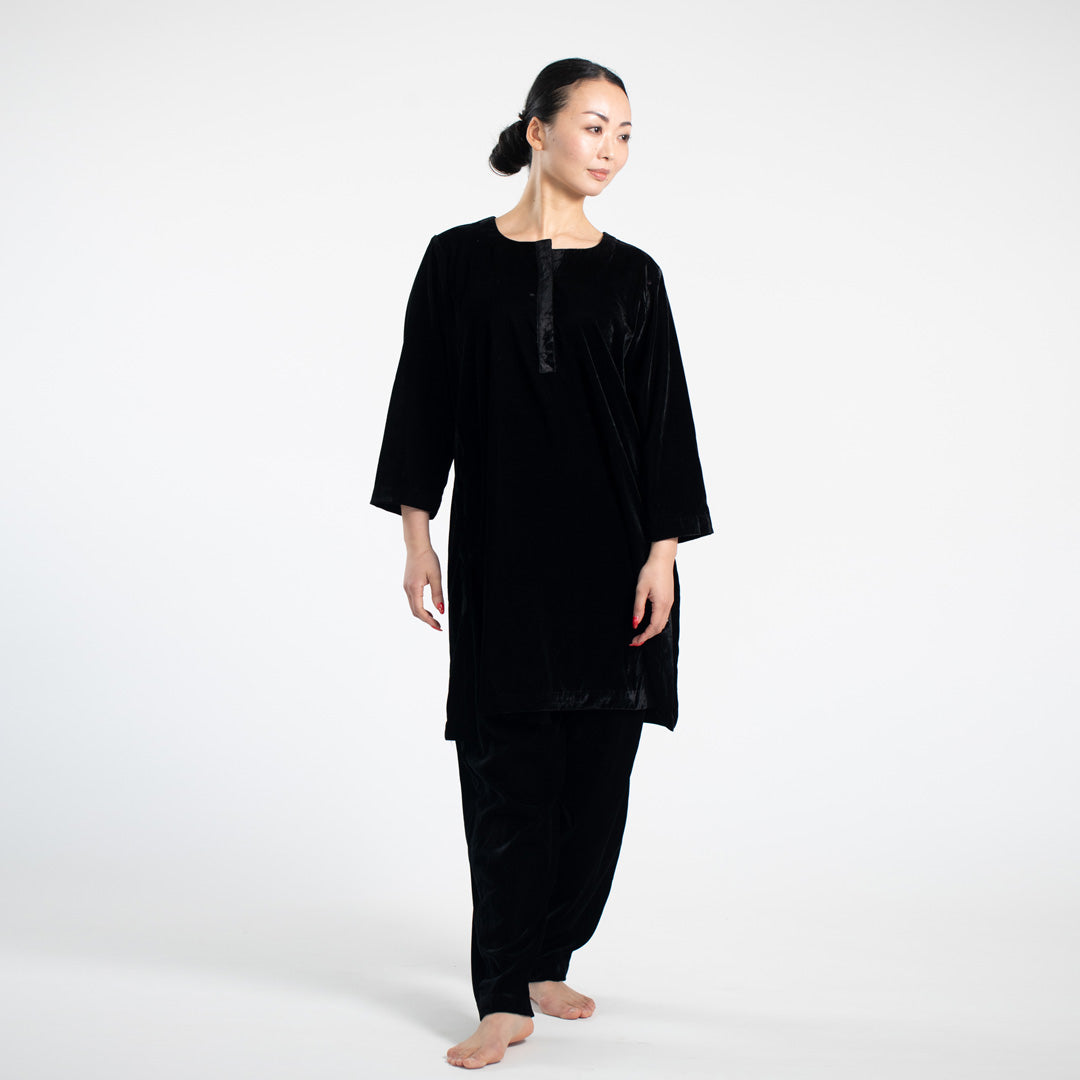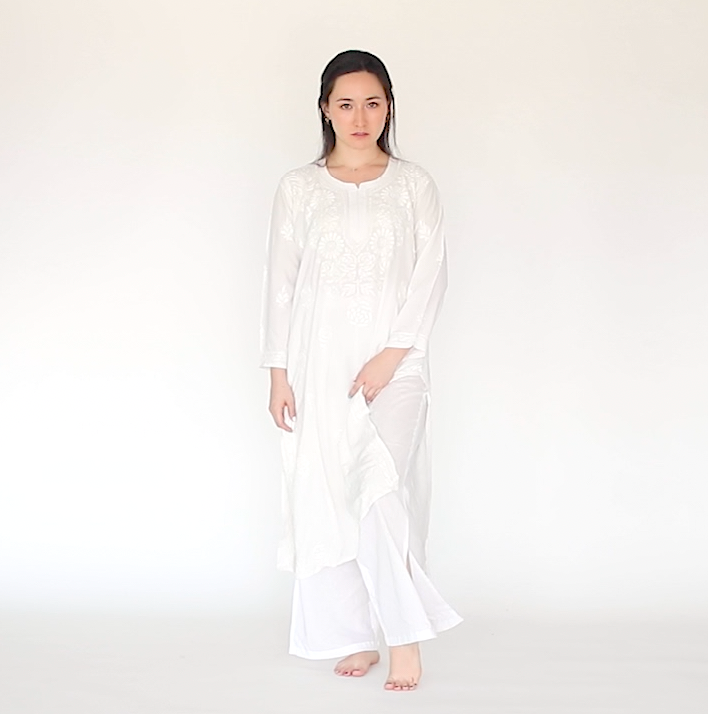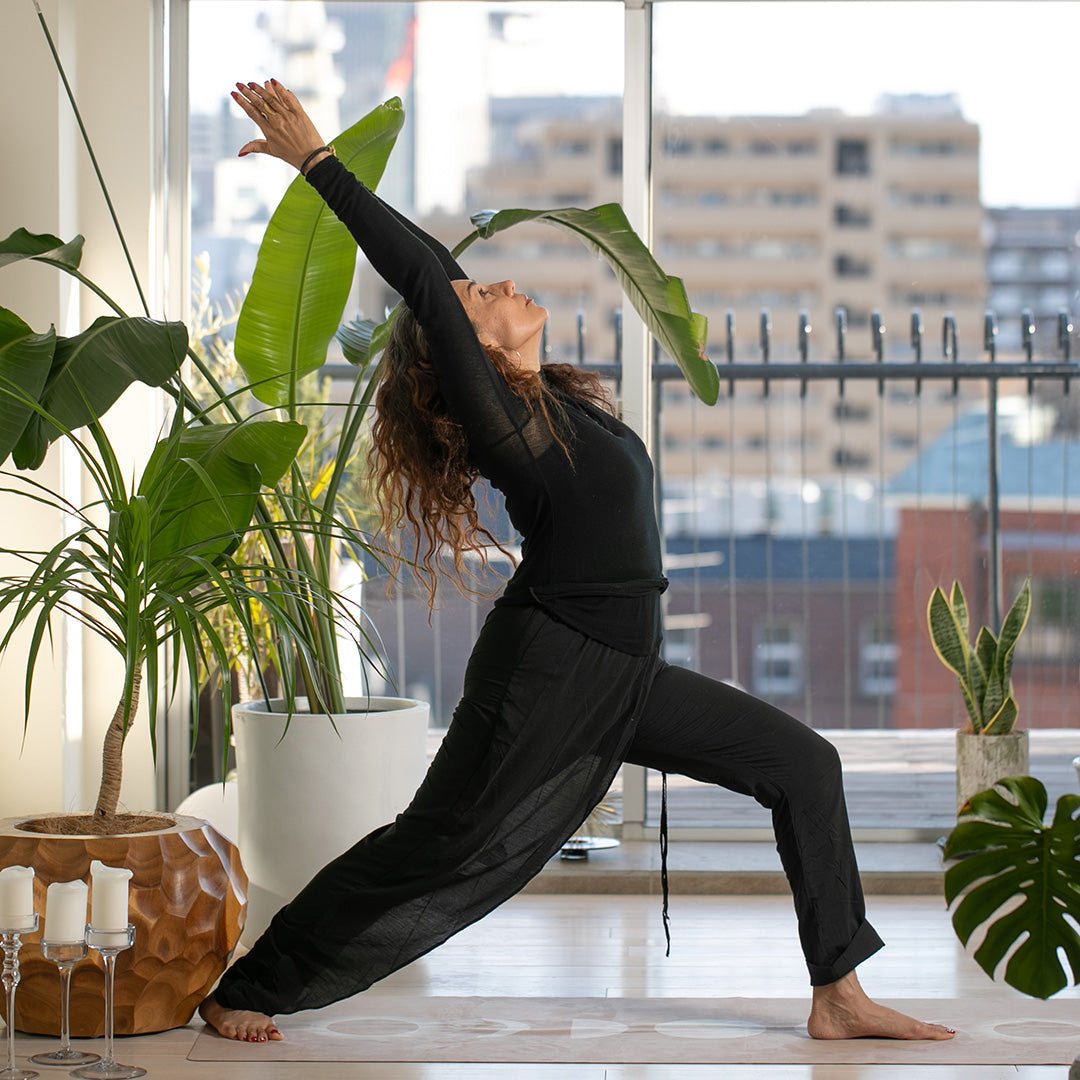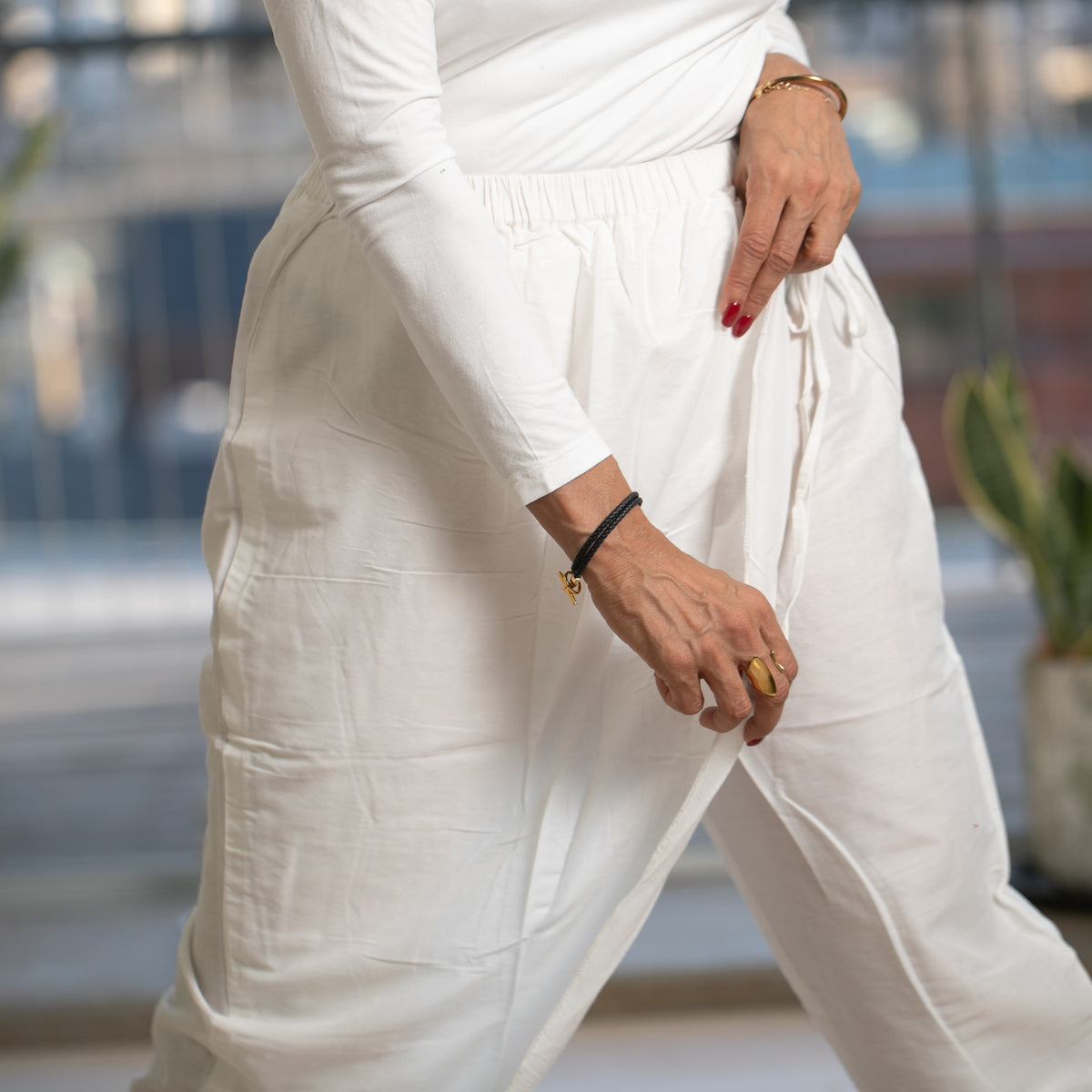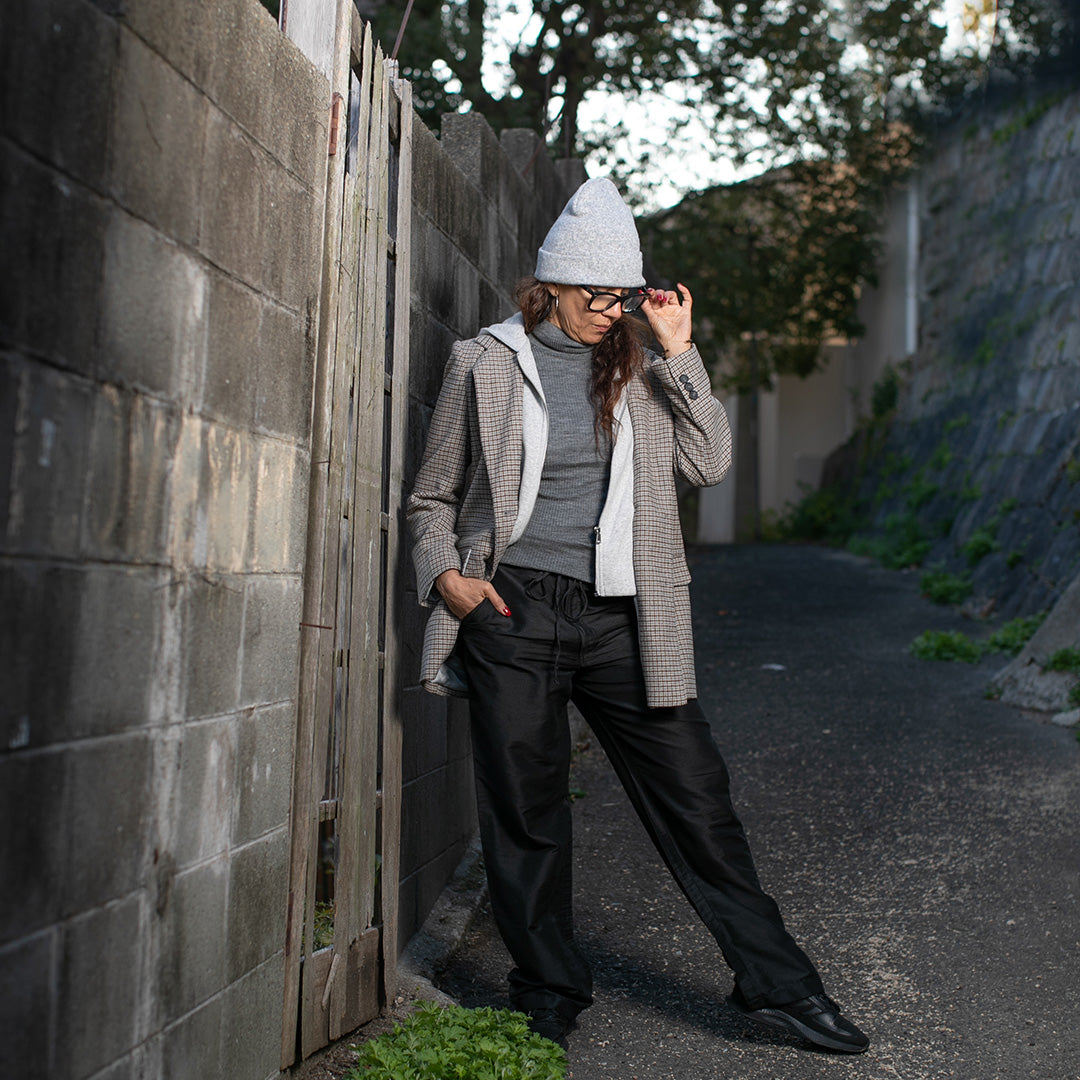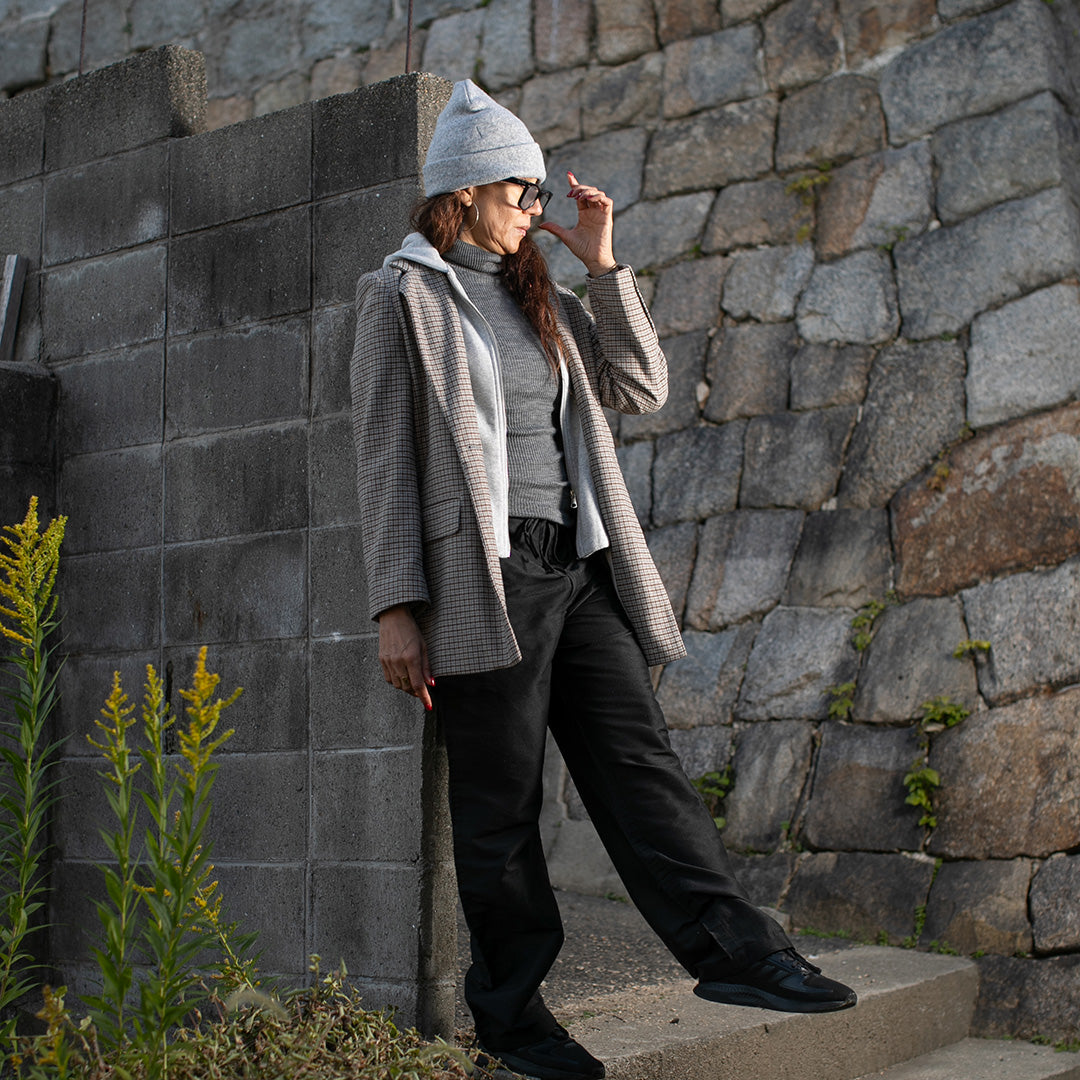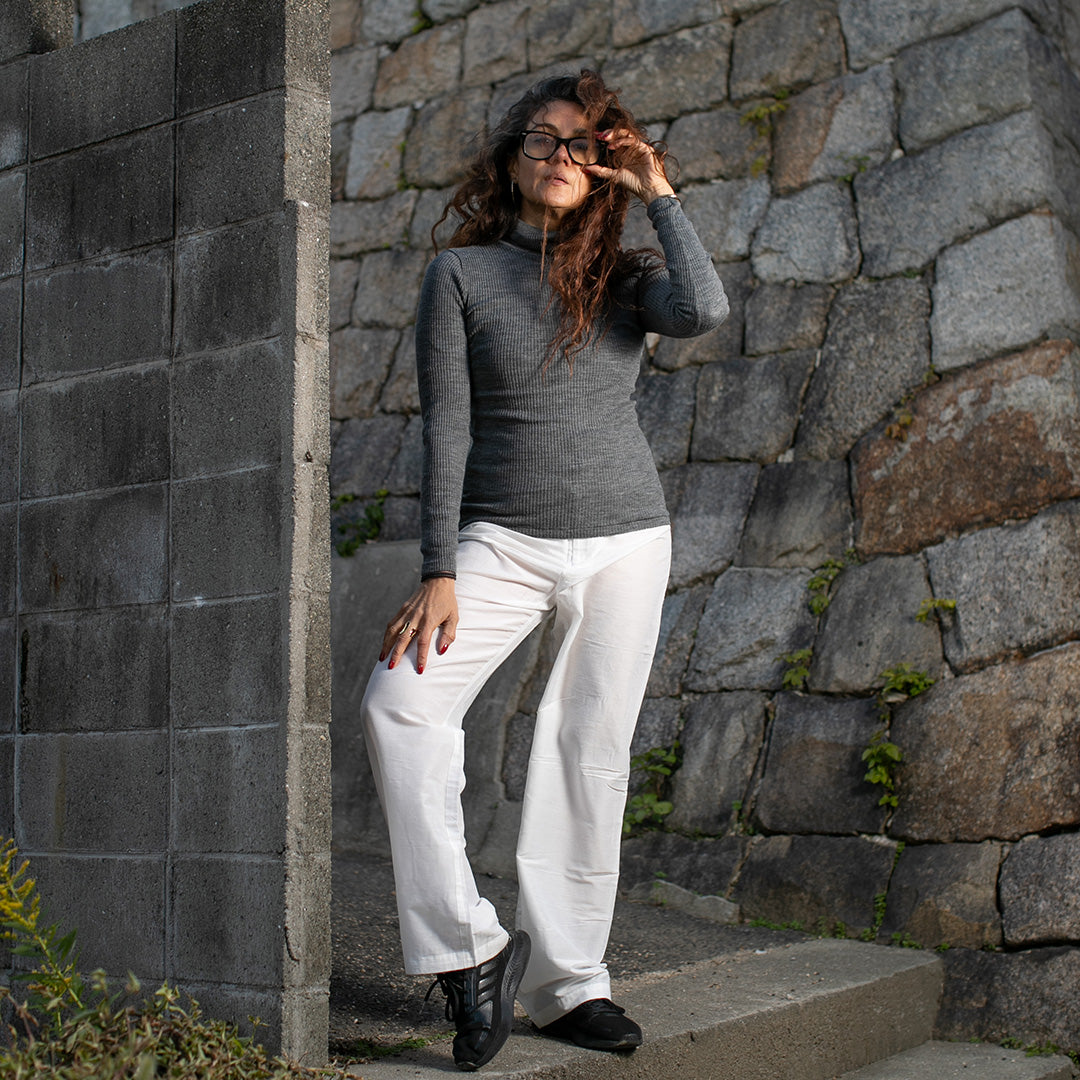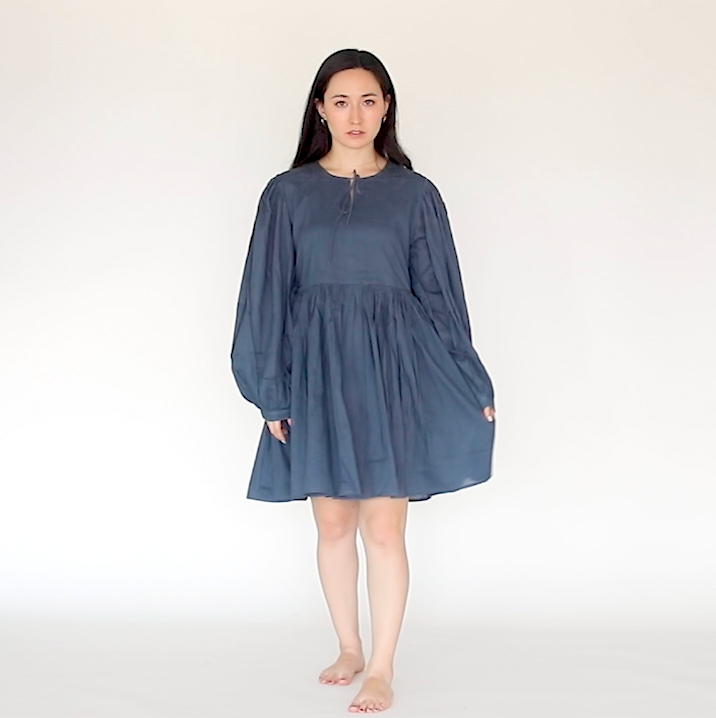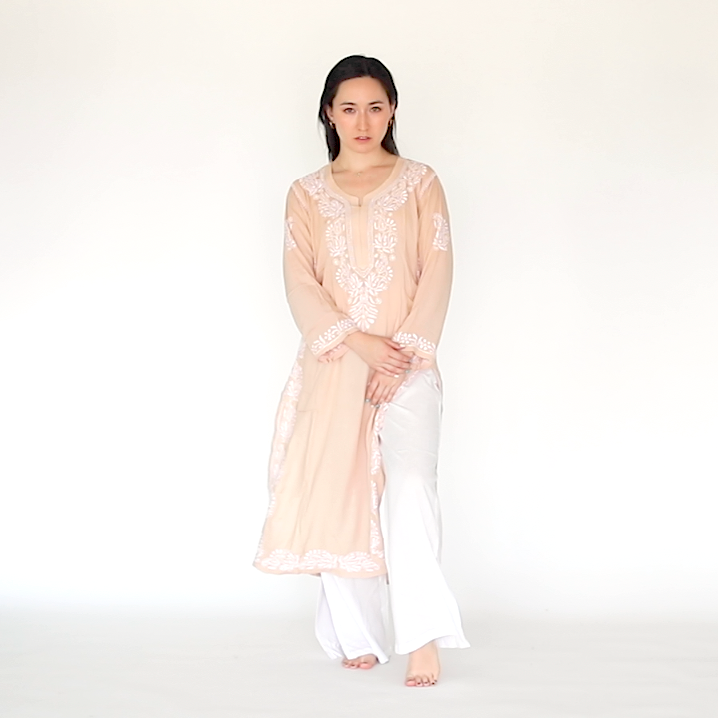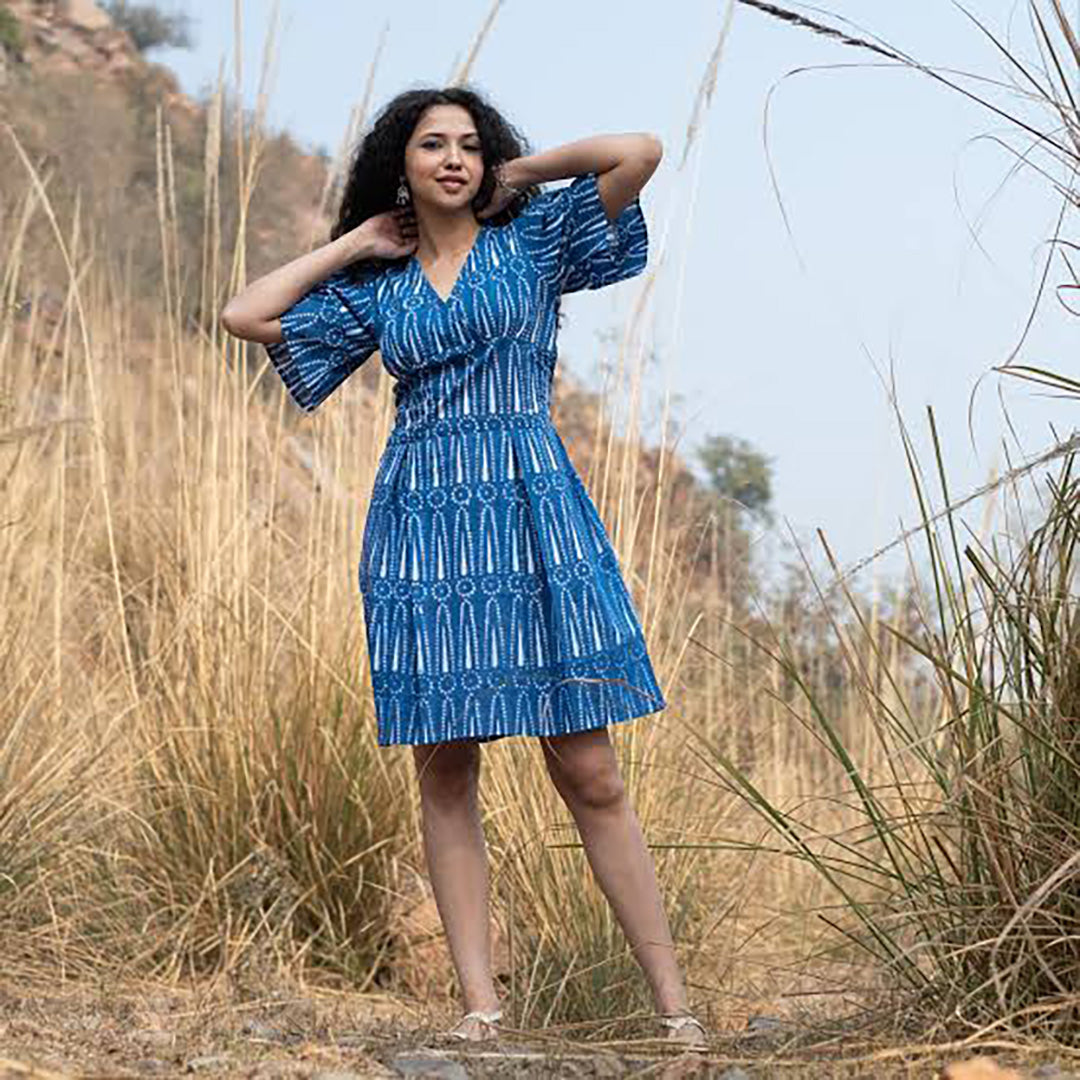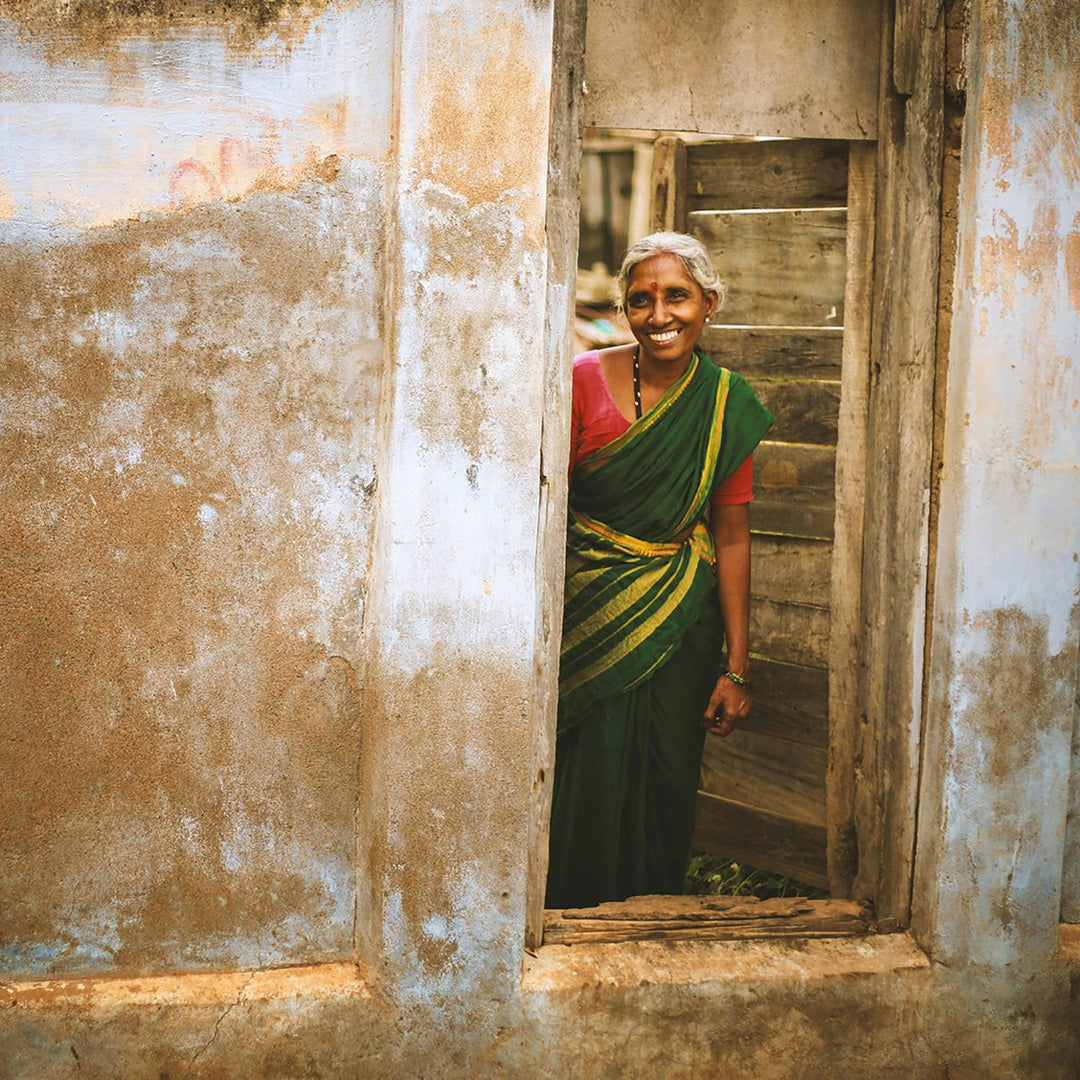A sari is a traditional garment worn by women in India, Bangladesh, Nepal and Sri Lanka. It is a very long piece of fabric draped elegantly around the body and is usually worn over a petticoat in combination with a blouse. The sari is a symbol of grace and beauty. 
Originating from the Indian subcontinent (which includes India, Pakistan, Bangladesh, Nepal and Bhutan), the sari has a rich history that dates back thousands of years. It is believed to have evolved from a simple garment worn by ancient women. Over the centuries, the sari has evolved into a versatile and fashionable attire with different styles, fabrics and designs. 
One of the unique features of the saree is that it can be worn in a variety of ways depending on the region, occasion and personal preference. Each region of India has its own traditional way of draping the saree, such as the Nivi style in Andhra Pradesh and the Bengali style in West Bengal. 
Sarees are made from a variety of fabrics including silk, cotton, chiffon and georgette. Each fabric has its own unique texture, drape and appeal. Silk sarees such as Banarasi silk and Kanjivaram silk are prized for their luxurious look and intricate designs. Cotton sarees are popular for their comfort and breathability, making them ideal for everyday wear.
The beauty of a saree lies in its intricate designs and embellishments. Sares are often adorned with embroidery, sequins, beads and other decorative elements that enhance its appeal. 
Sarees are worn on a variety of occasions, from weddings and festivals to casual get-togethers and formal events. They are a symbol of tradition and elegance and represent the timeless beauty of Indian culture. Whether worn by young girls or older ladies, the saree holds a special place in the hearts of South Asian women. 
In recent years, the sari has gained popularity beyond South Asia and has become a fashion statement across the world. Designers and fashion enthusiasts are experimenting with new styles, fabrics and draping techniques to give the sari a contemporary twist while still retaining its traditional essence.
Overall, the sari is more than just a garment; it is a symbol of tradition, femininity and elegance. With its timeless appeal and endless versatility, the sari continues to charm people across the globe and remains a favourite in the fashion world.
SAREE- INDIAN TRADITION
The saree, also known as sari, is a traditional garment worn by women in India, Bangladesh, Nepal, and Sri Lanka. It is a long piece of fabric that is draped elegantly around the body, typically over a petticoat and paired with a blouse The saree is a symbol of grace and beauty.
Originating from the Indian subcontinent, the saree has a rich history that dates back thousands of years. It is believed to have evolved from a simple garment worn by women in ancient times. Over the centuries, the saree has transformed into a versatile and fashionable attire that comes in a wide variety of styles, fabrics, and designs.
One of the unique features of the saree is that it can be worn in different ways, depending on the region, occasion, and personal preference. Each region in India has its traditional way of draping the saree, such as the Nivi style in Andhra Pradesh and the Bengali style in West Bengal.
Sarees are made from a variety of fabrics, including silk, cotton, chiffon, georgette, and more. Each fabric has its unique texture, drape, and appeal. Silk sarees, such as Banarasi silk and Kanjivaram silk, are highly prized for their luxurious look and intricate designs. Cotton sarees are popular for their comfort and breathability, making them ideal for everyday wear.
The beauty of a saree lies in its intricate designs and embellishments. Sarees are often adorned with embroidery, sequins, beads, and other decorative elements that enhance their appeal.
Sarees are worn on various occasions, ranging from weddings and festivals to casual gatherings and formal events. They are a symbol of tradition and elegance, representing the timeless beauty of Indian culture. Whether worn by young girls or elderly women, the saree holds a special place in the hearts of South Asian women.
In recent years, the saree has gained popularity beyond South Asia and has become a fashion statement around the world. Designers and fashion enthusiasts are experimenting with new styles, fabrics, and draping techniques to give the saree a modern twist while preserving its traditional essence.
Overall, the saree is more than just a piece of clothing; it is a symbol of heritage, femininity, and grace. With its timeless appeal and endless versatility, the saree continues to captivate people across the globe and remains a beloved garment in the world of fashion.

